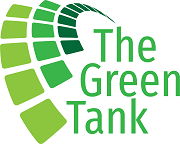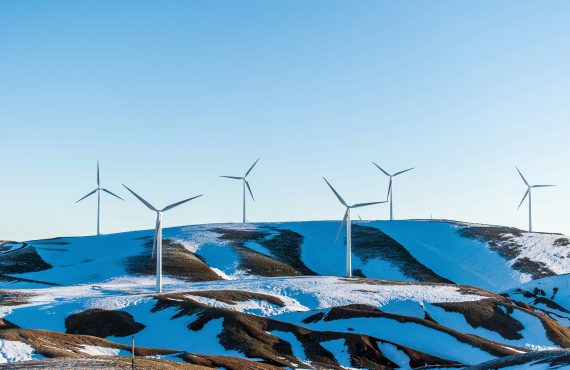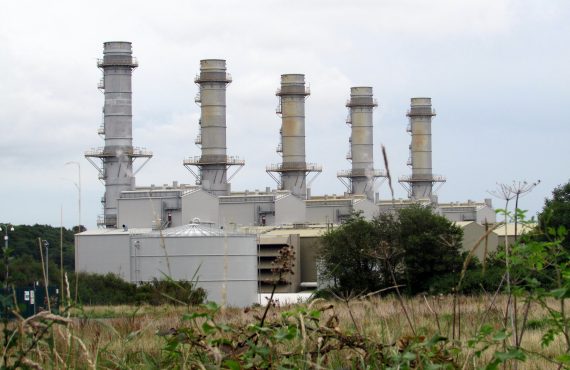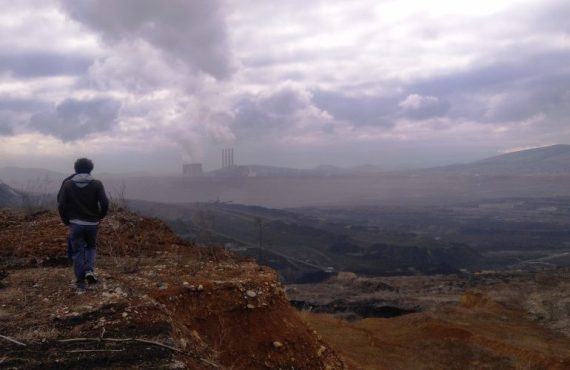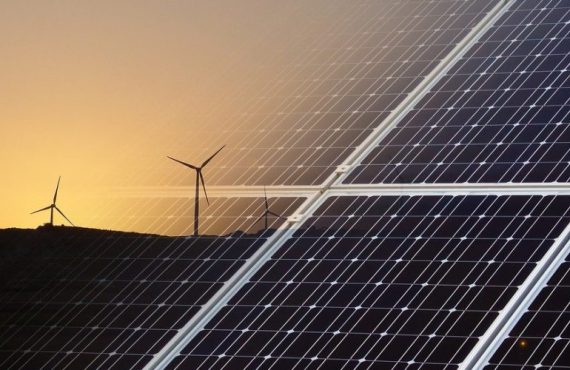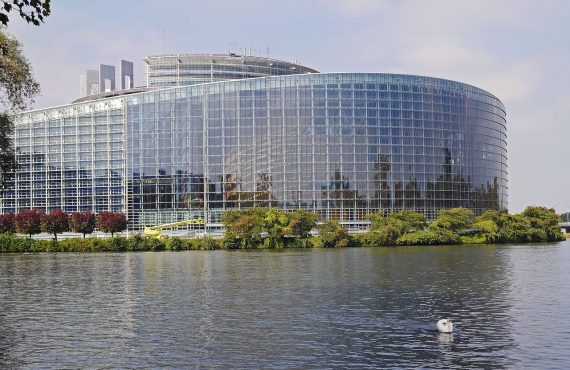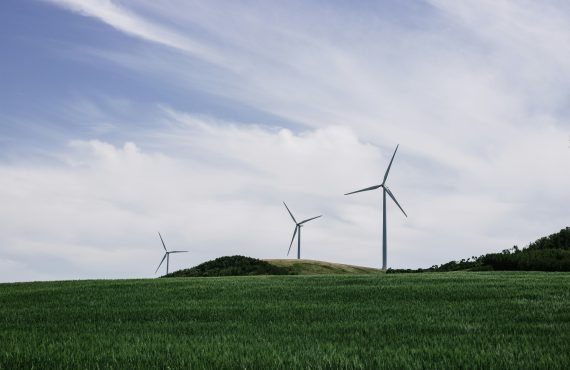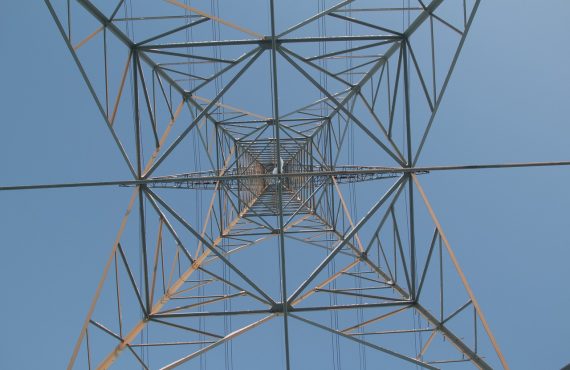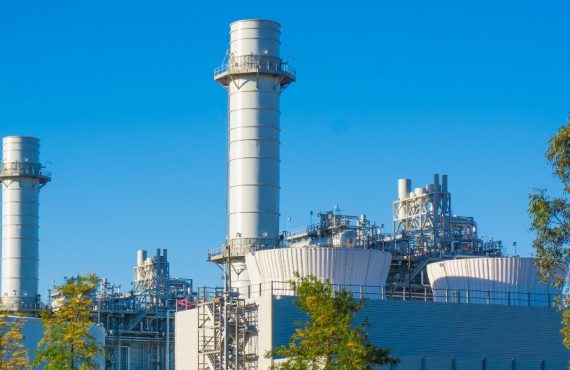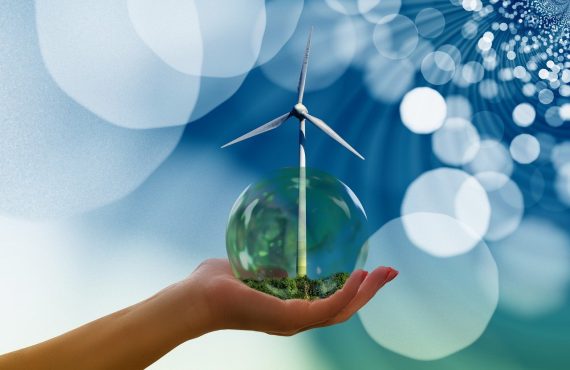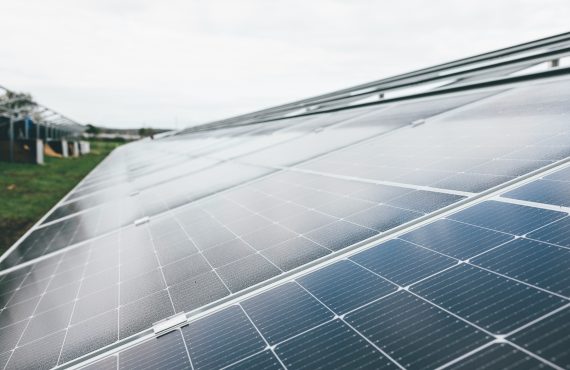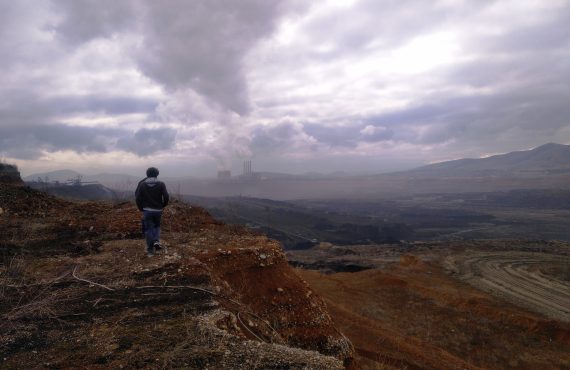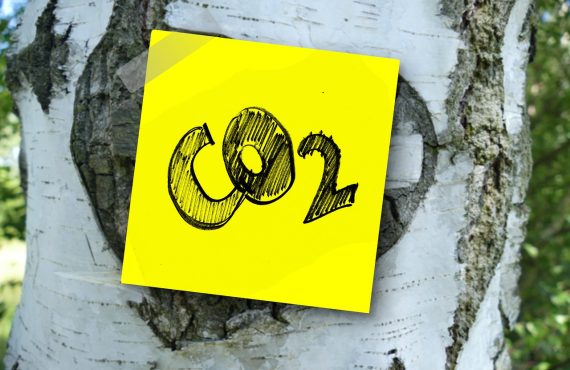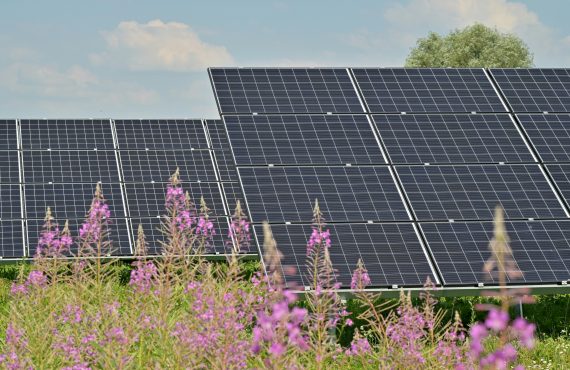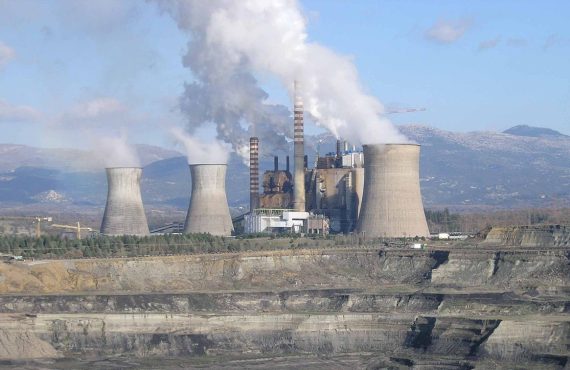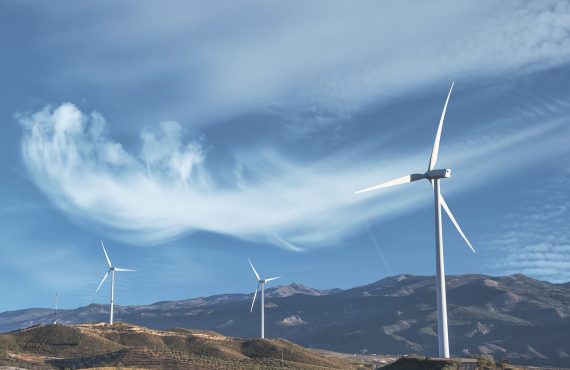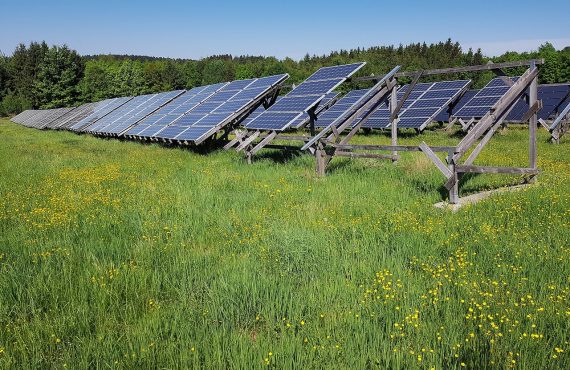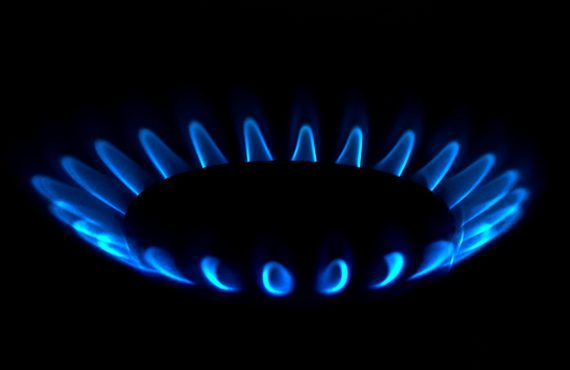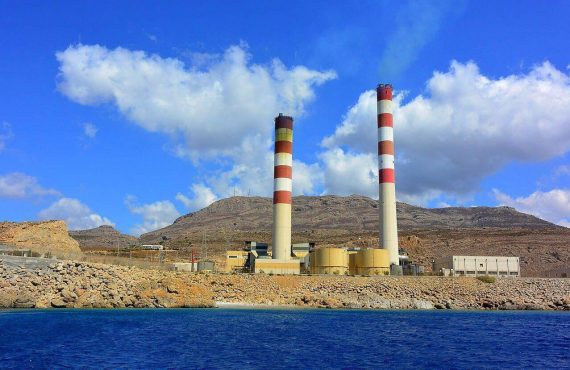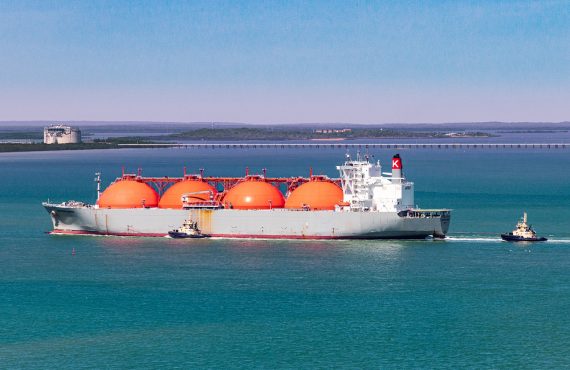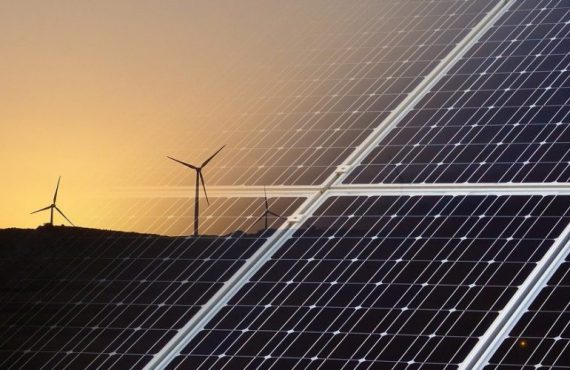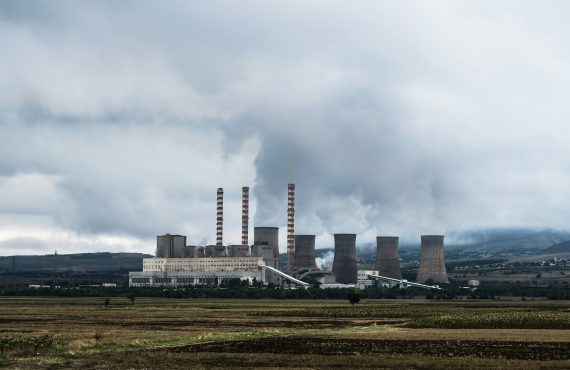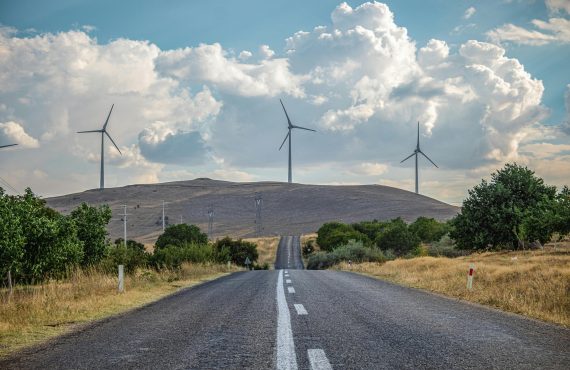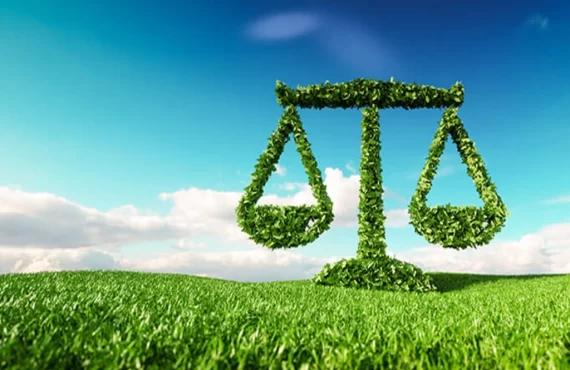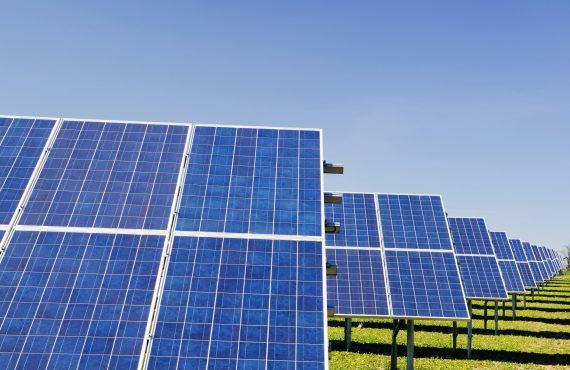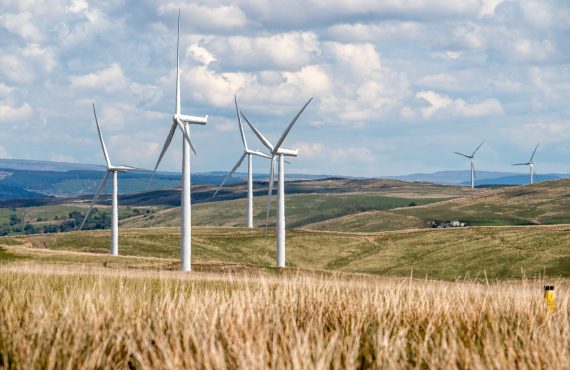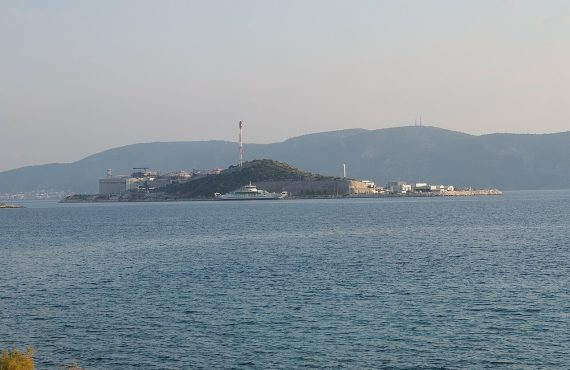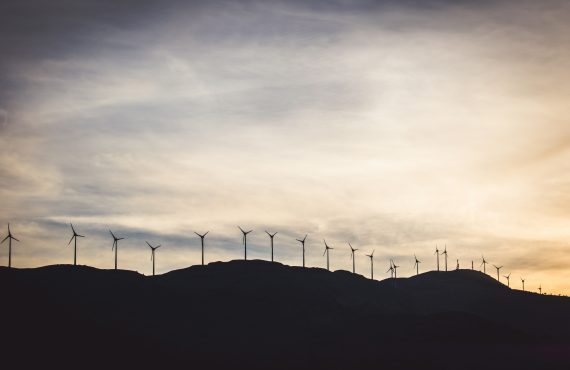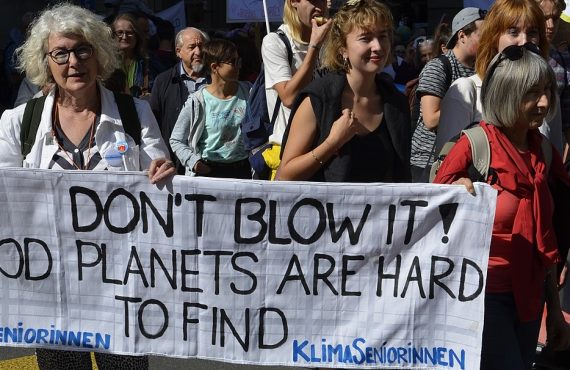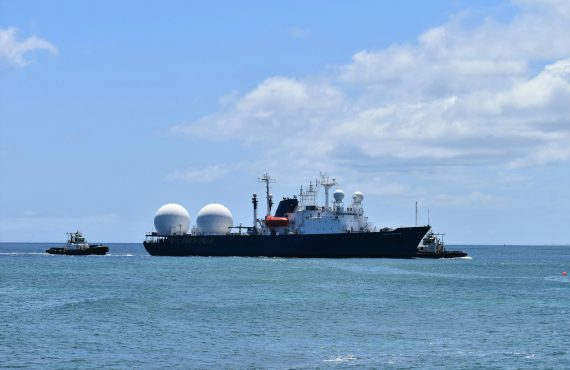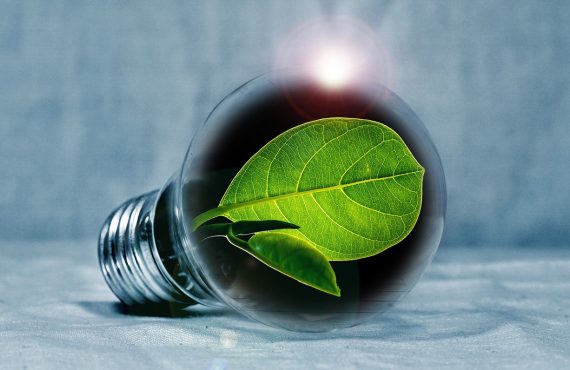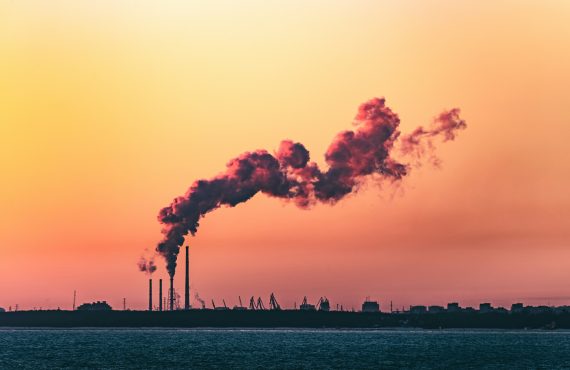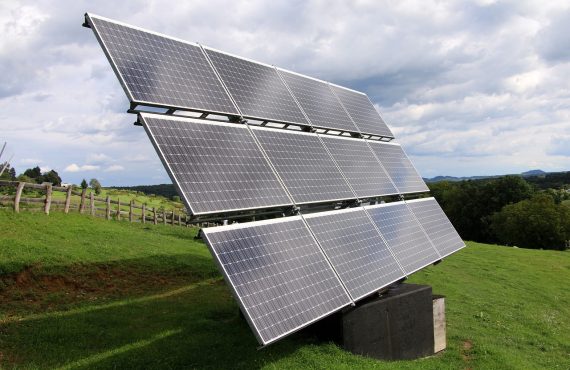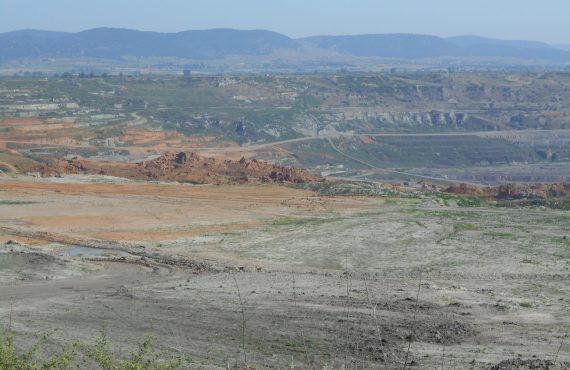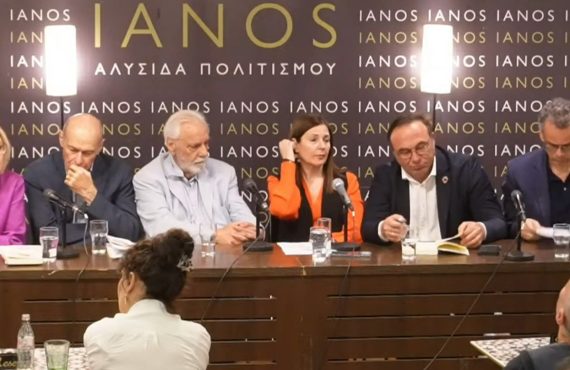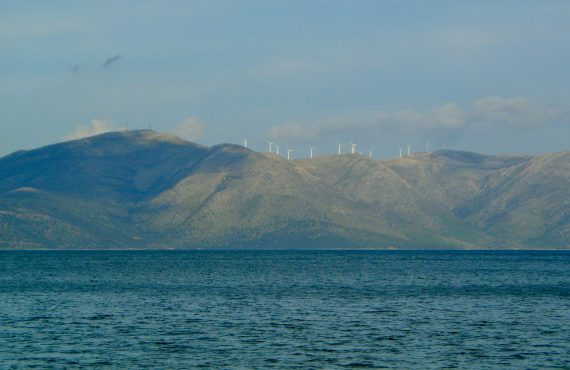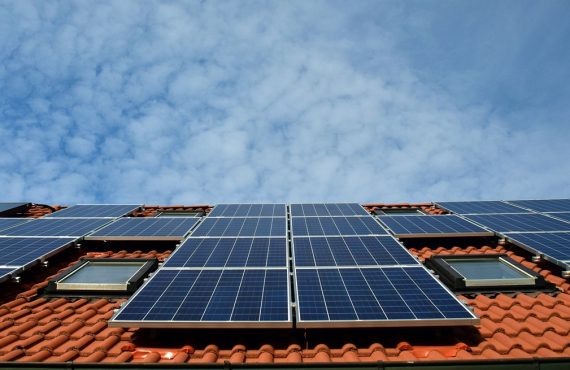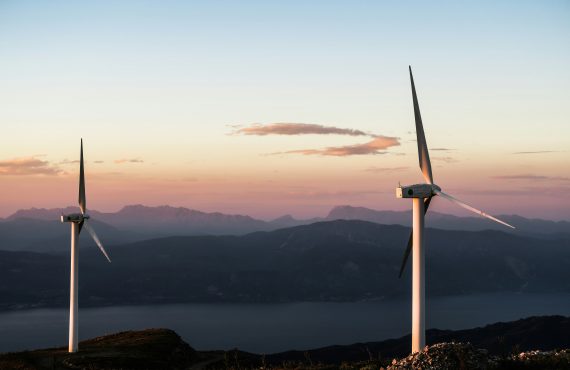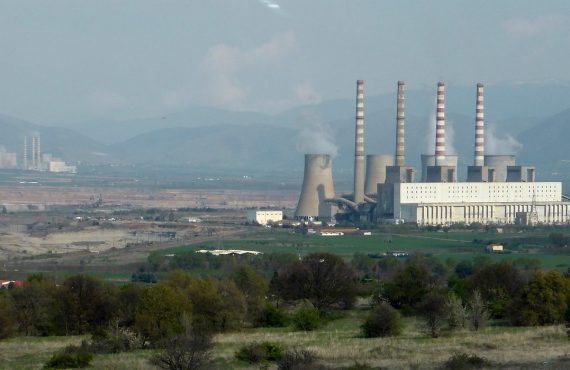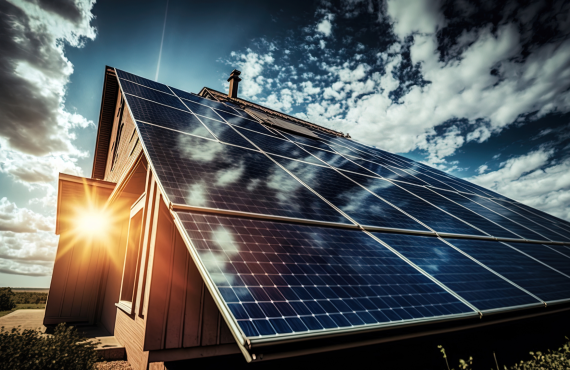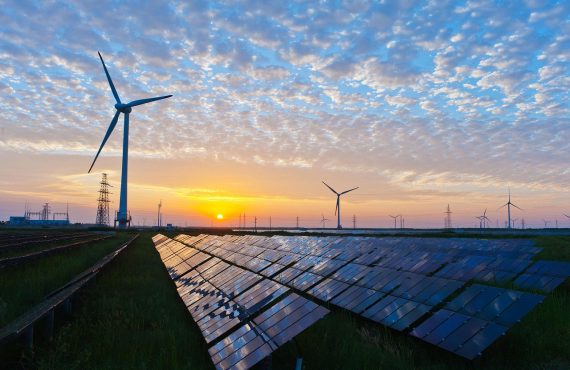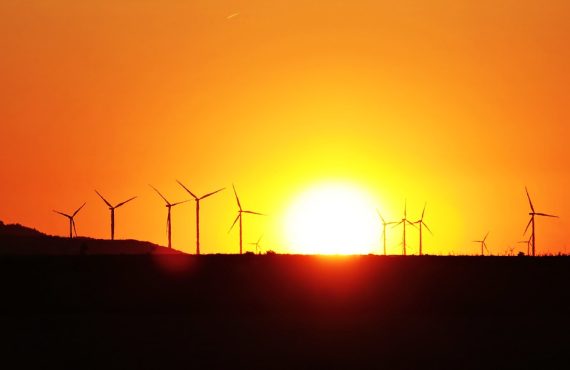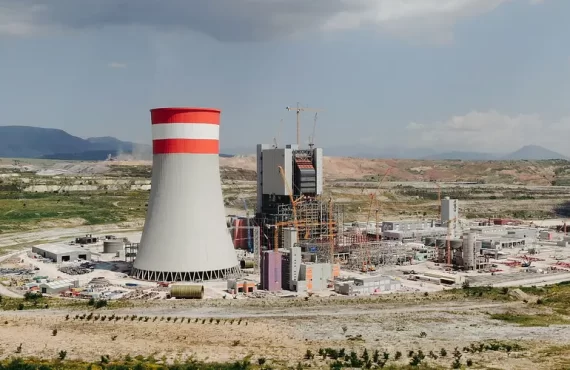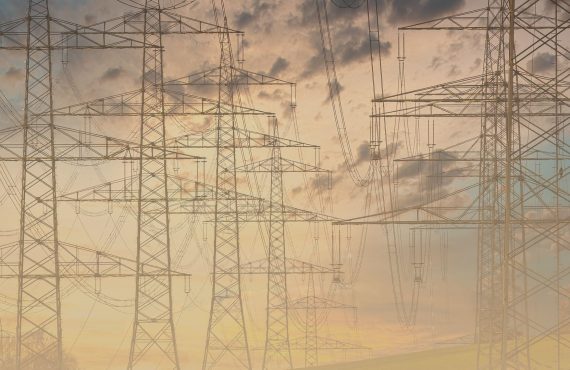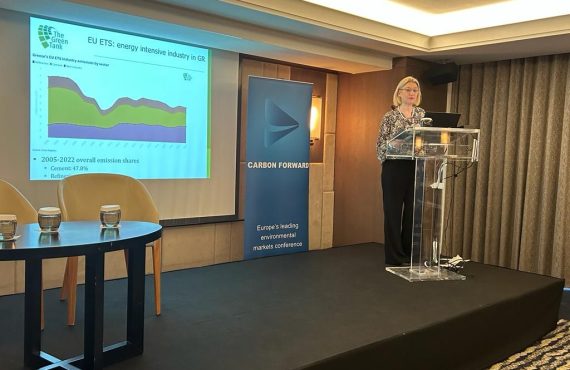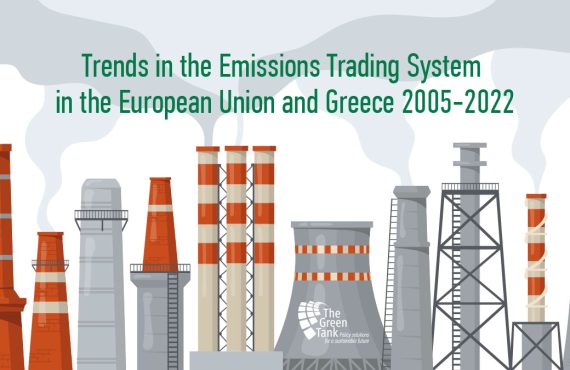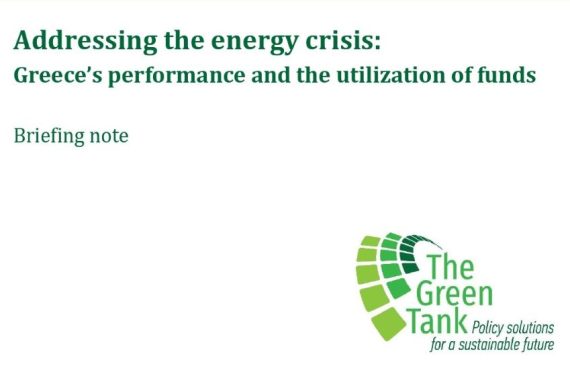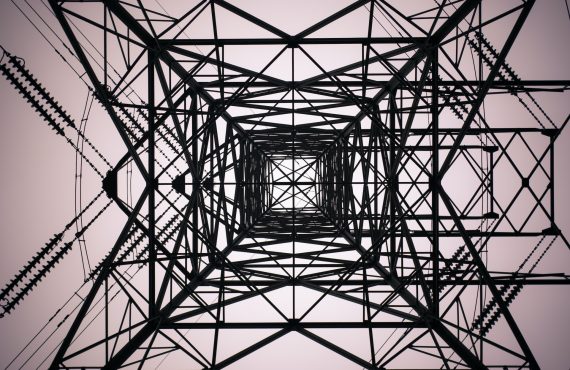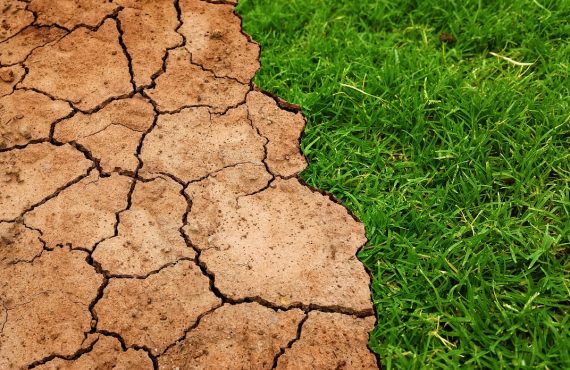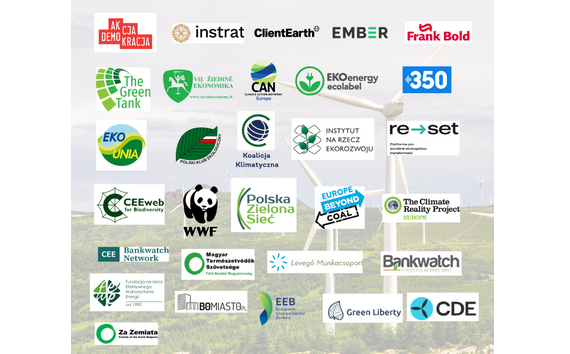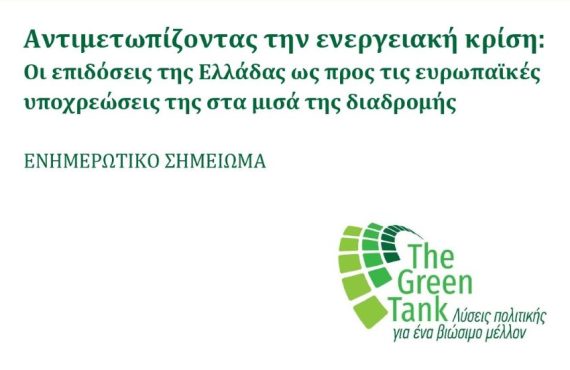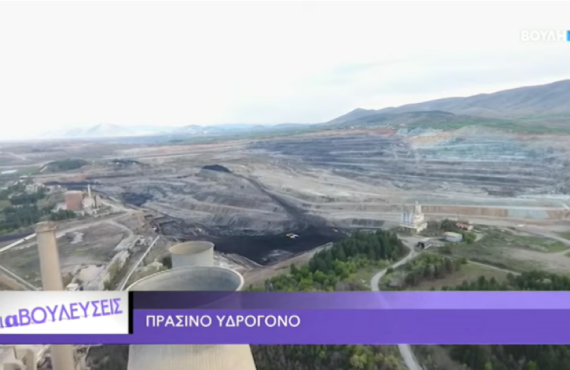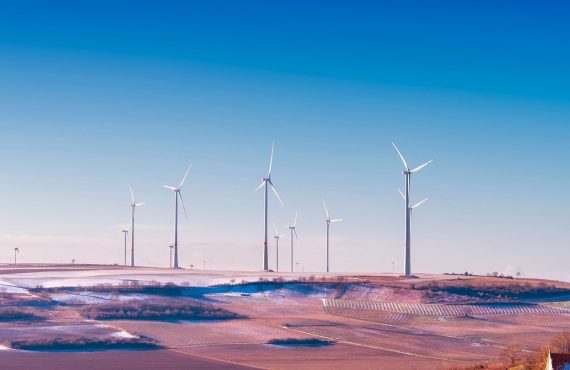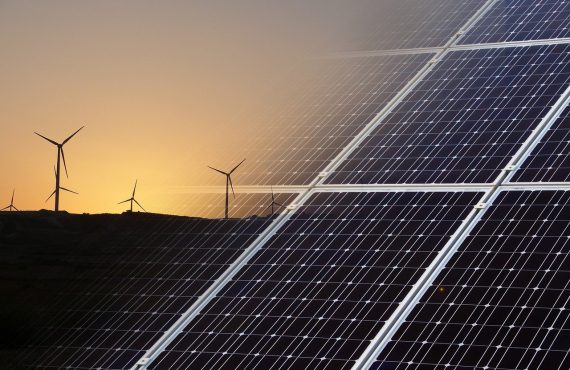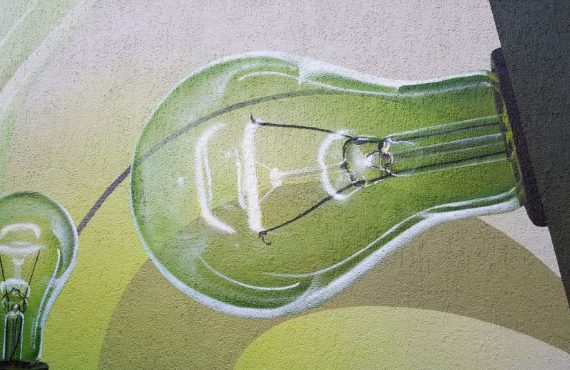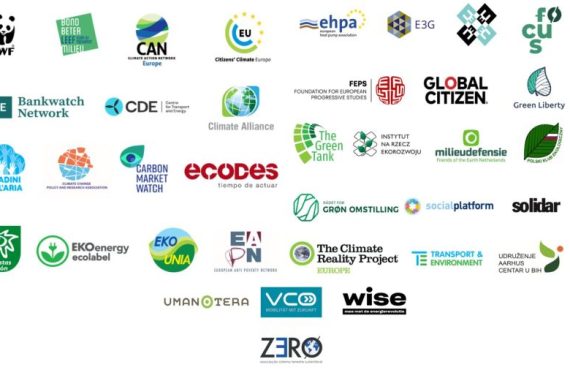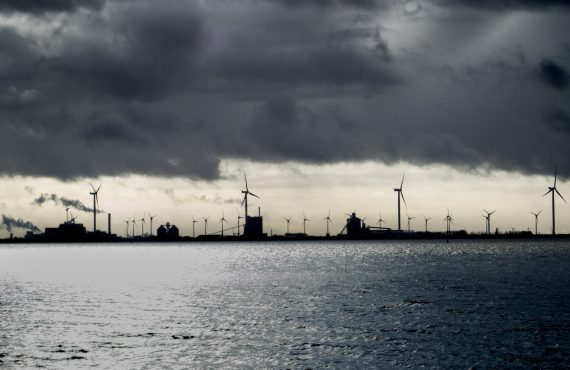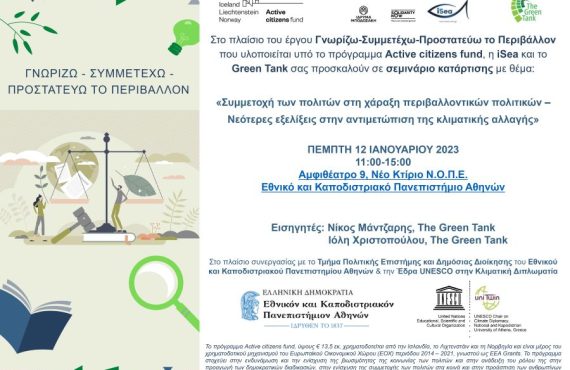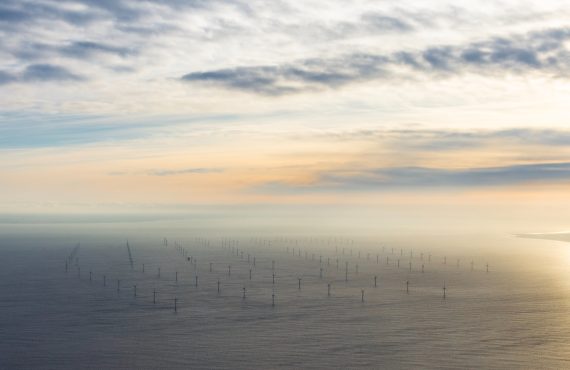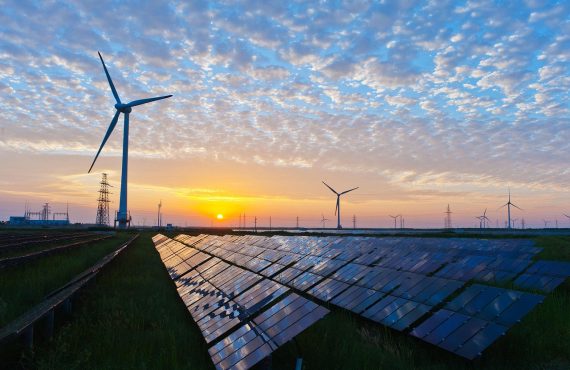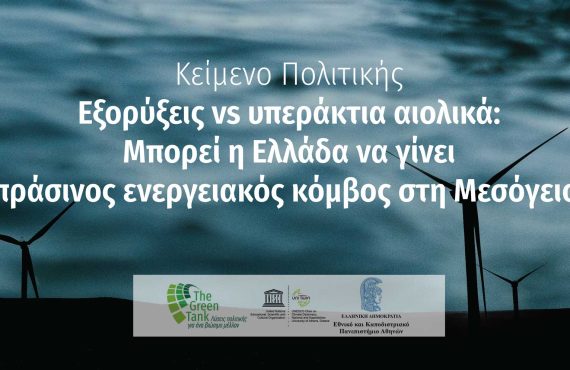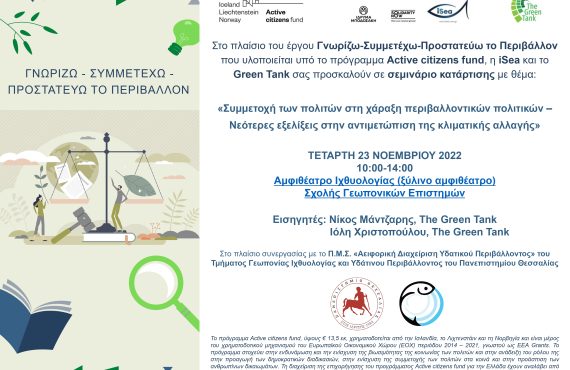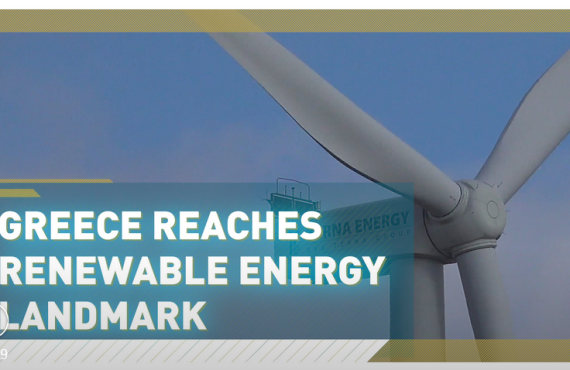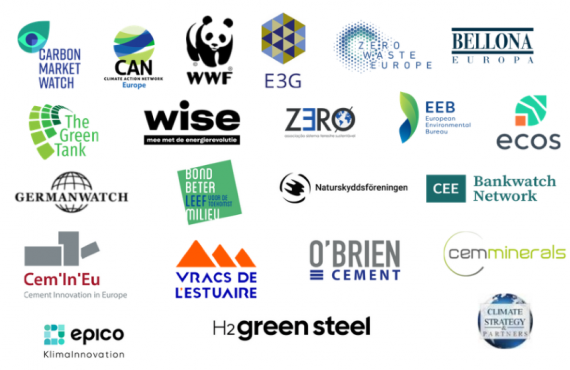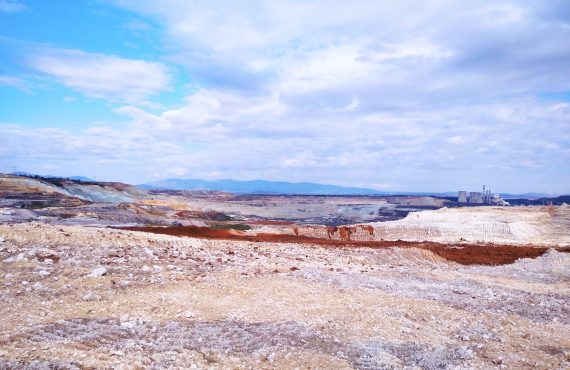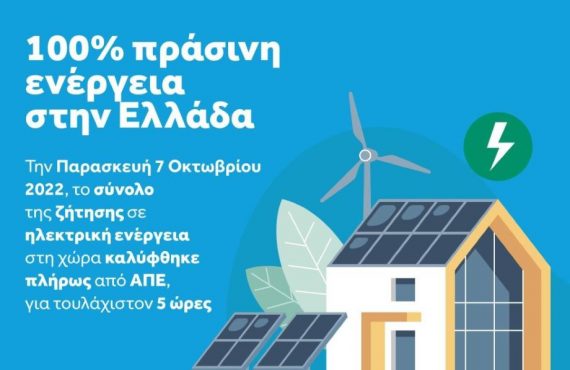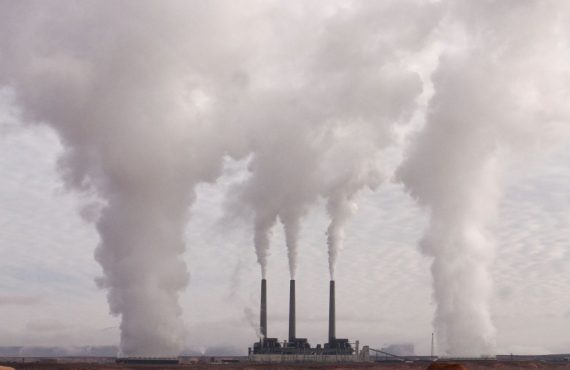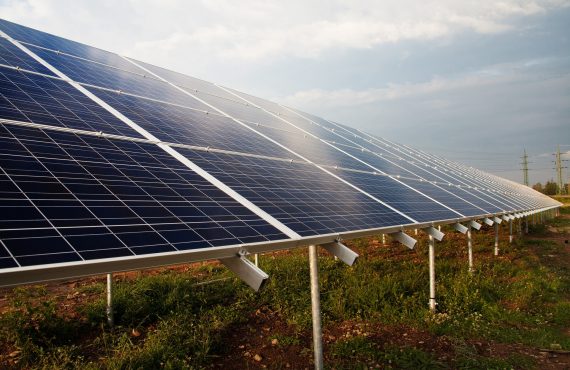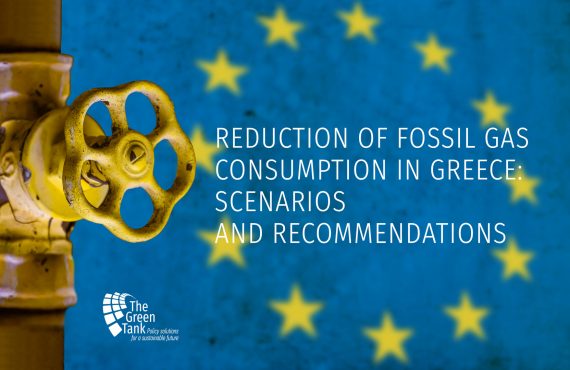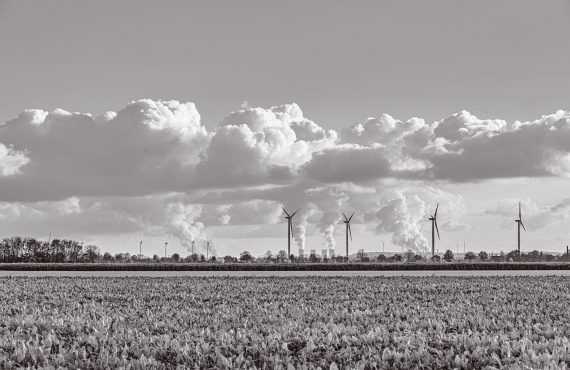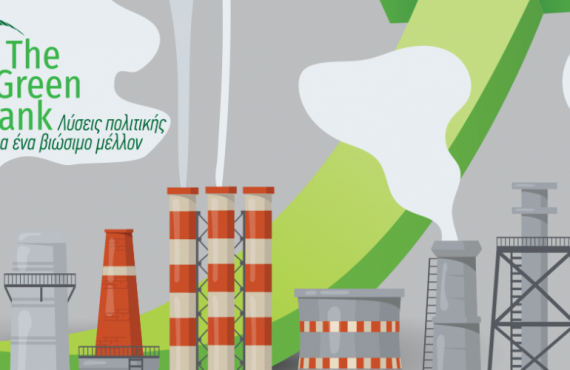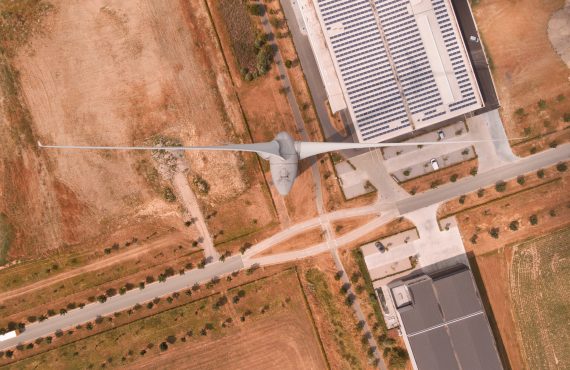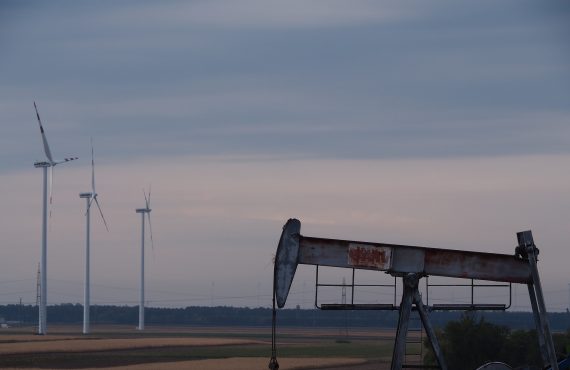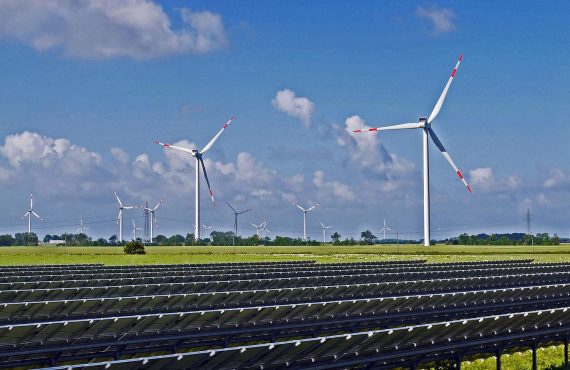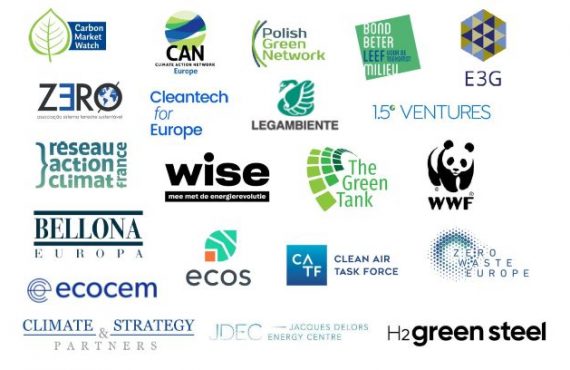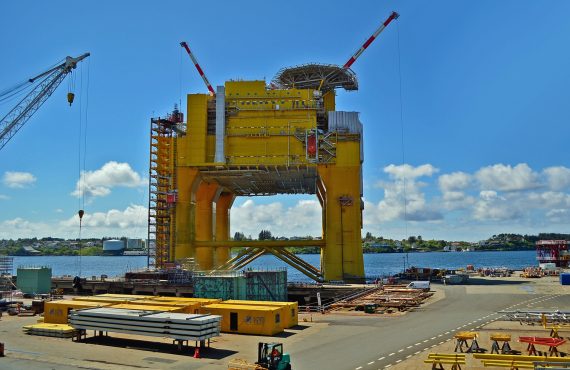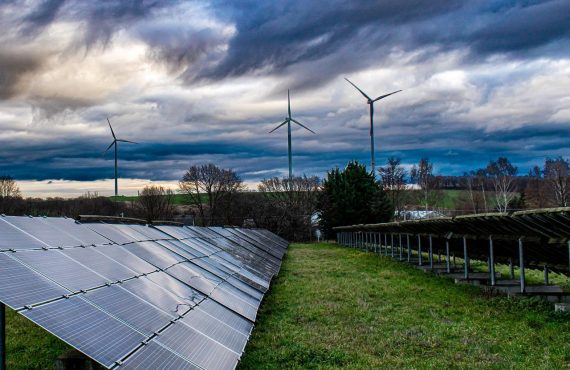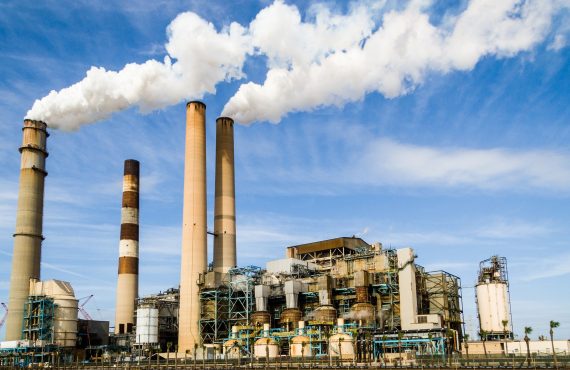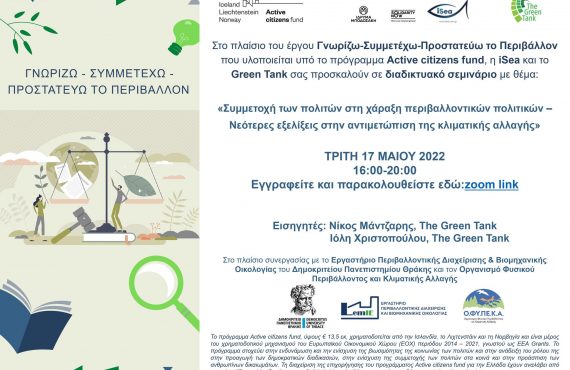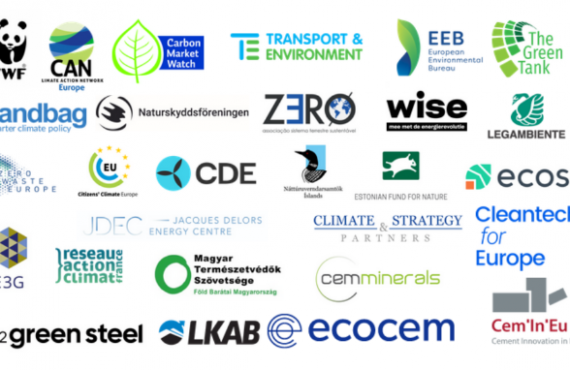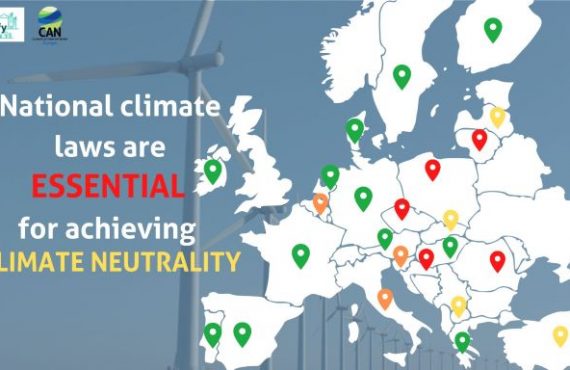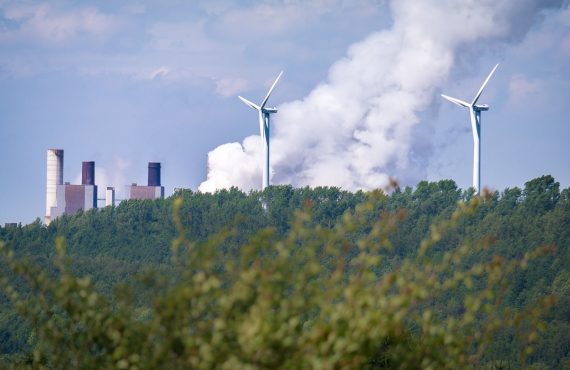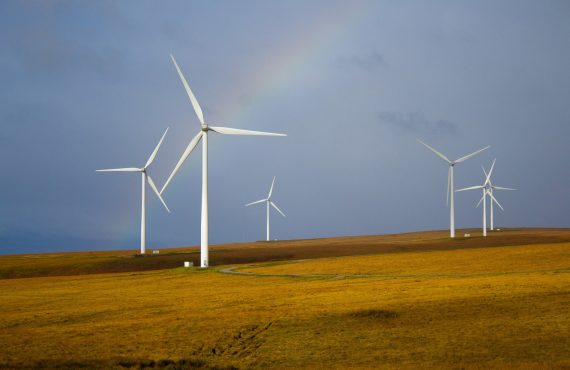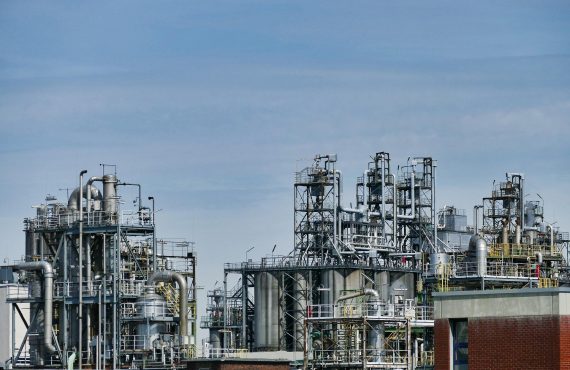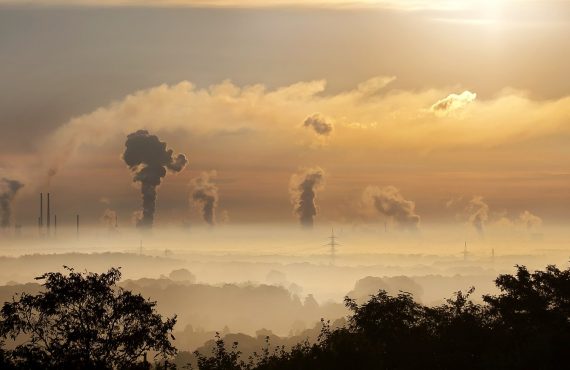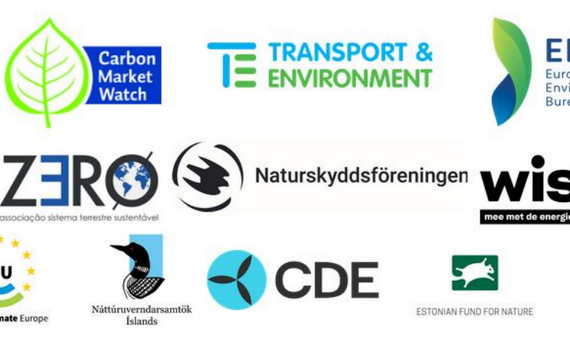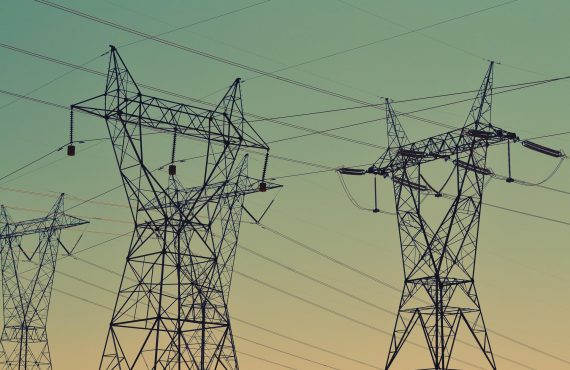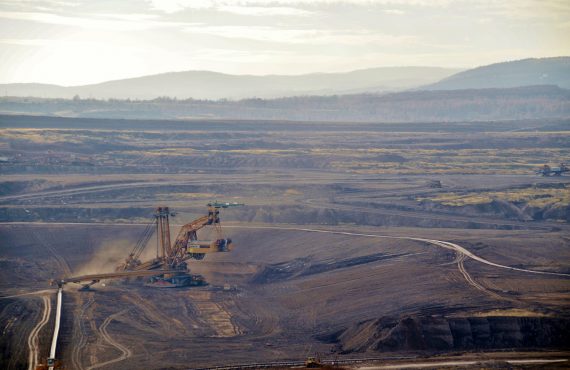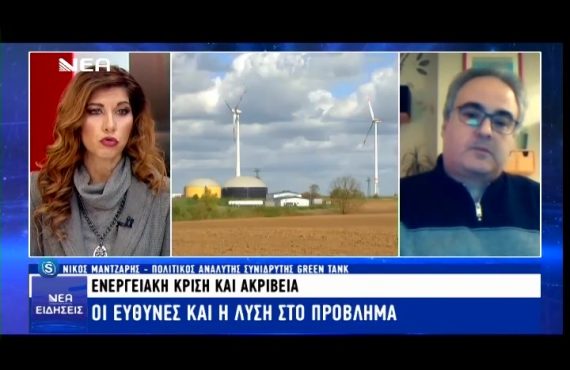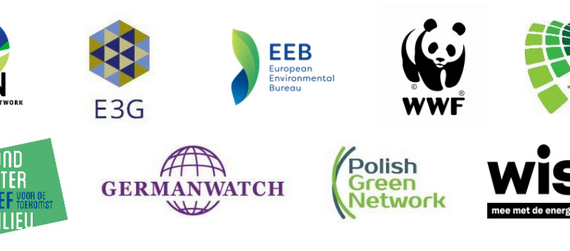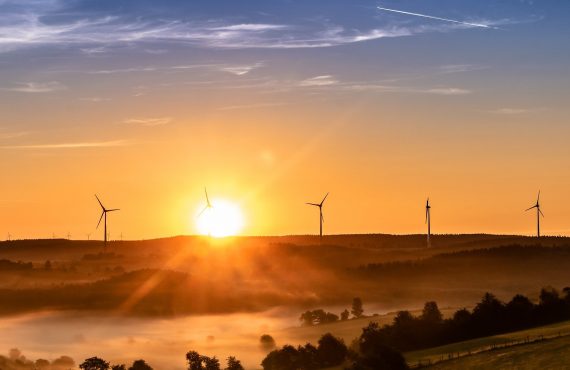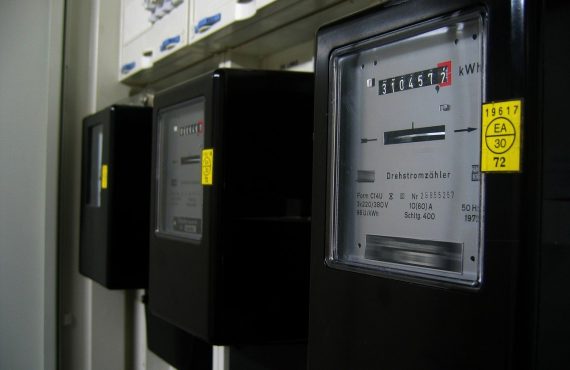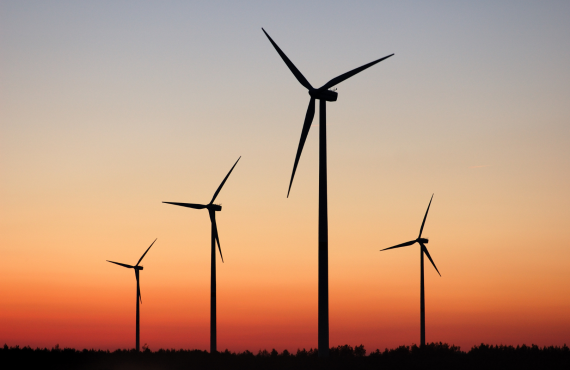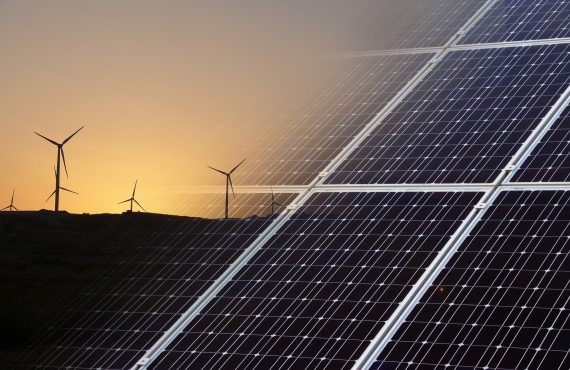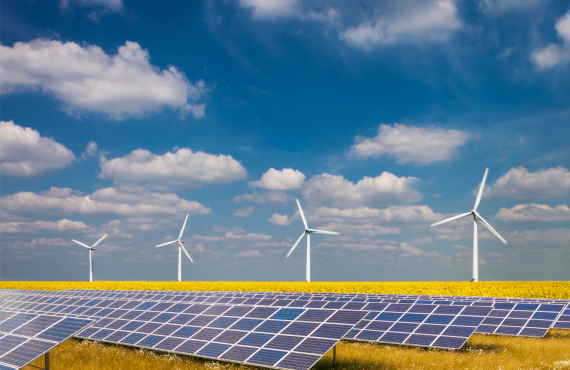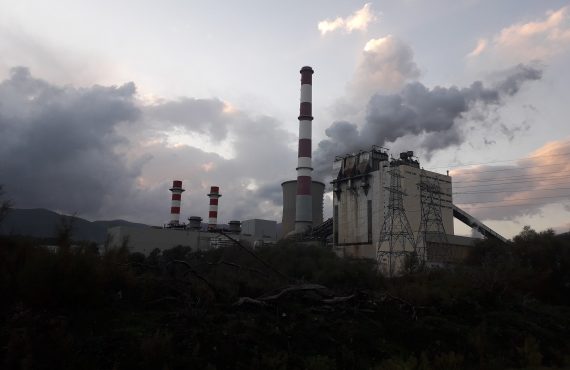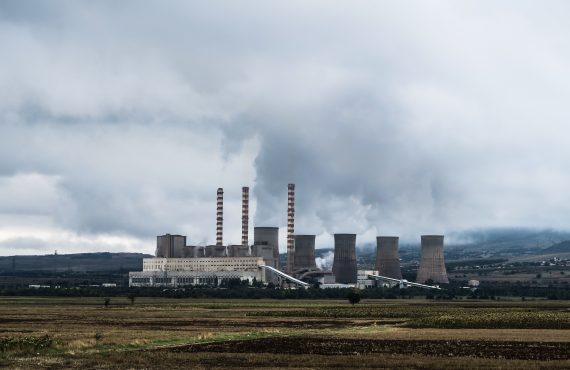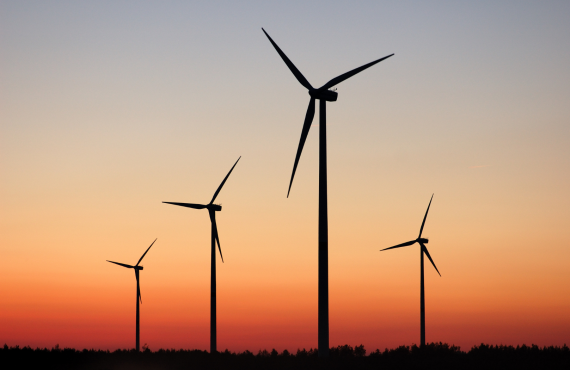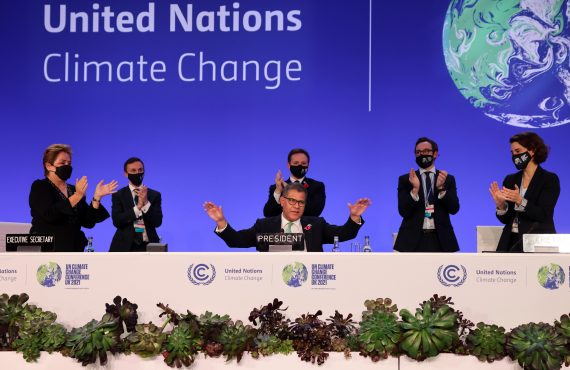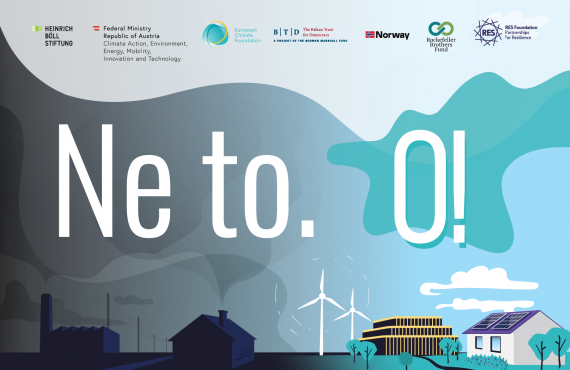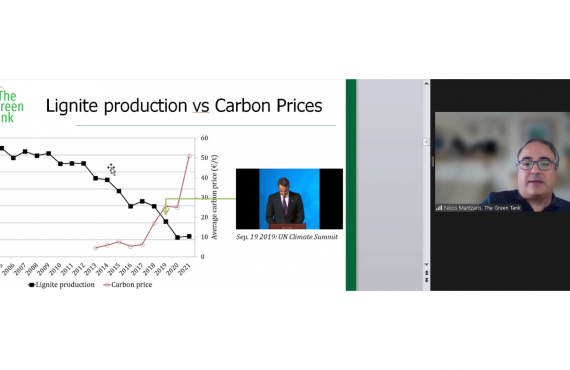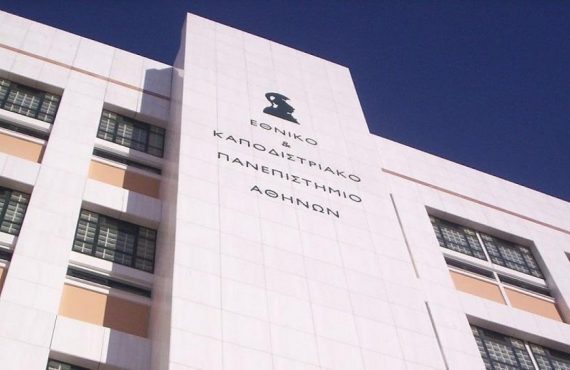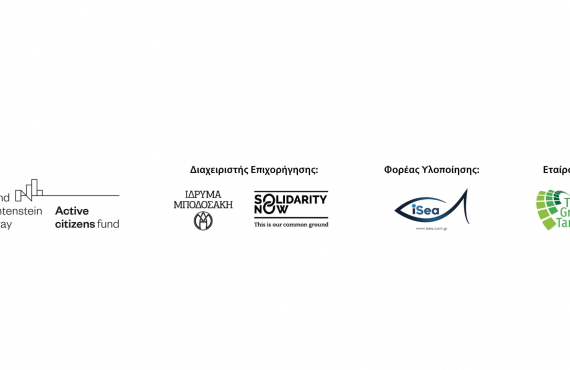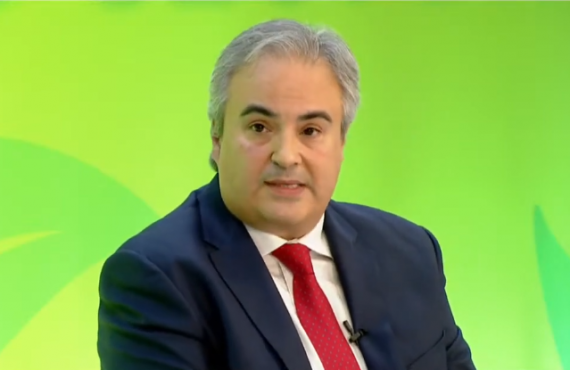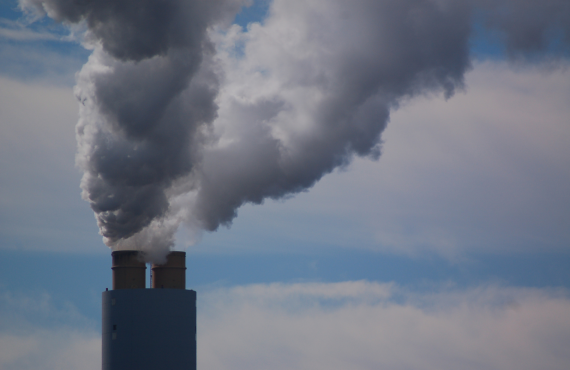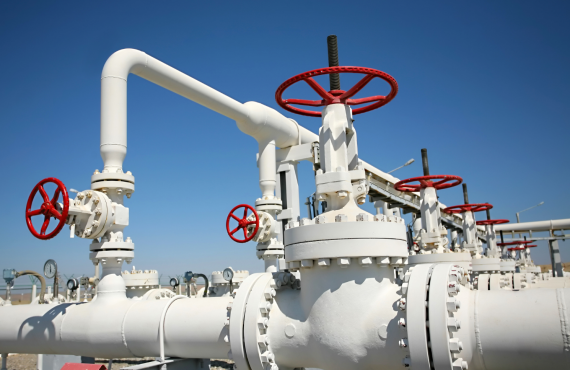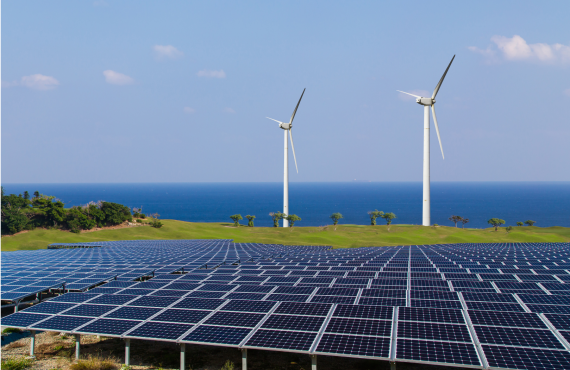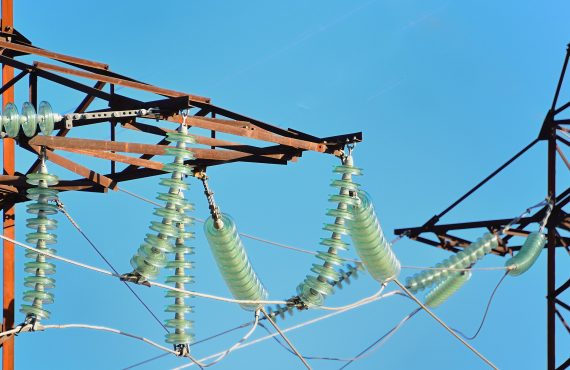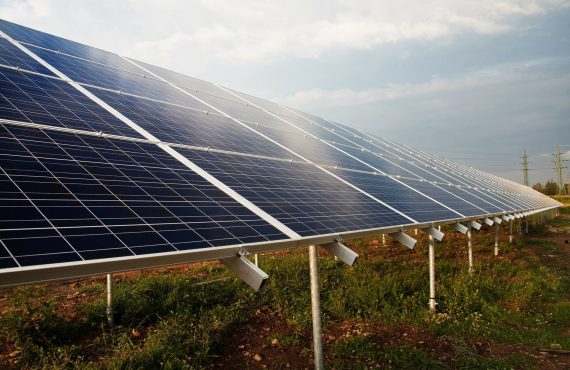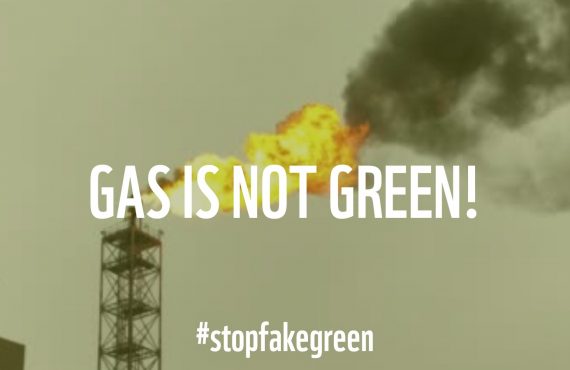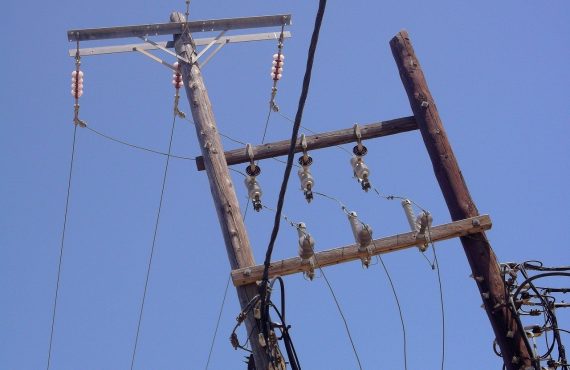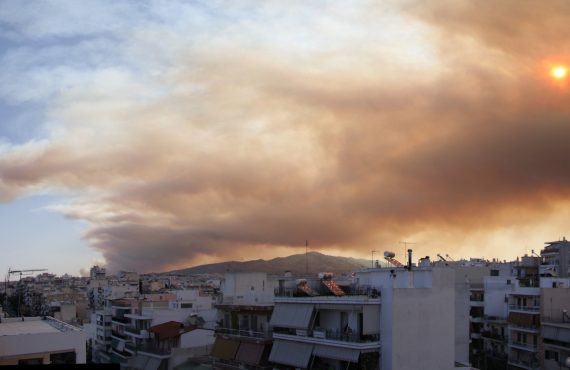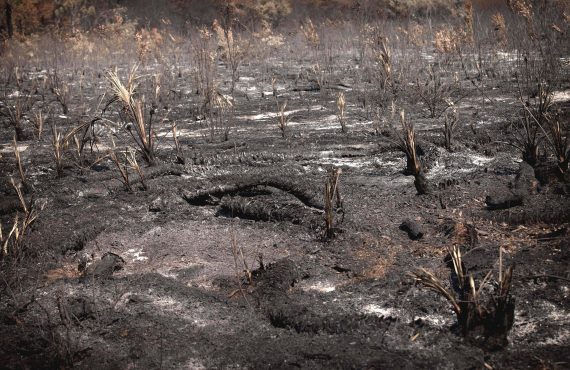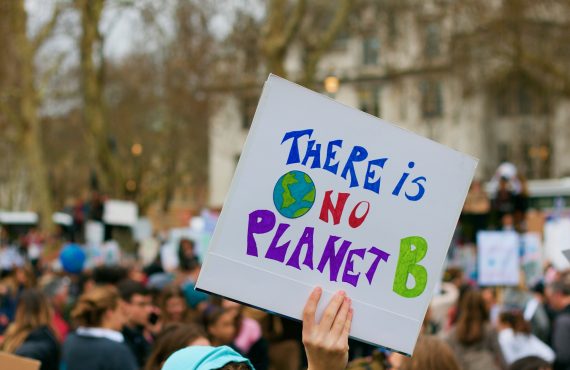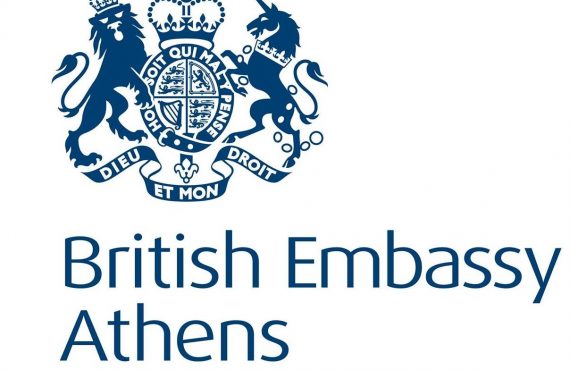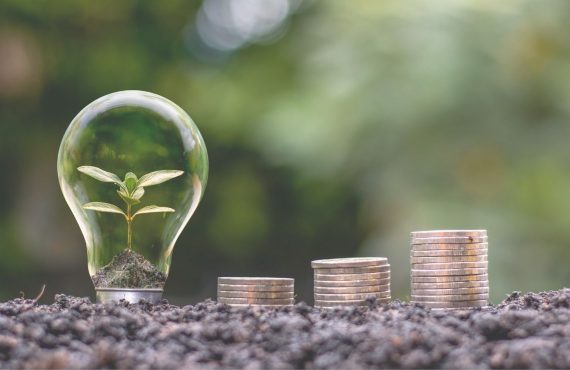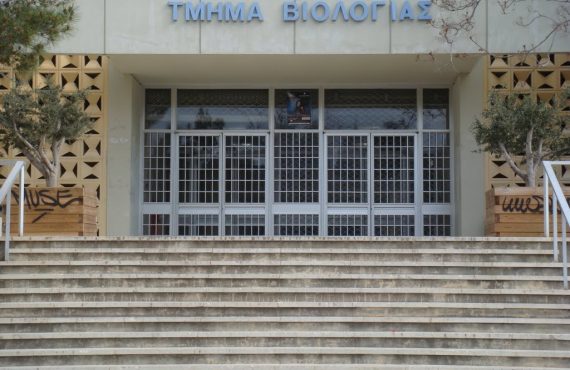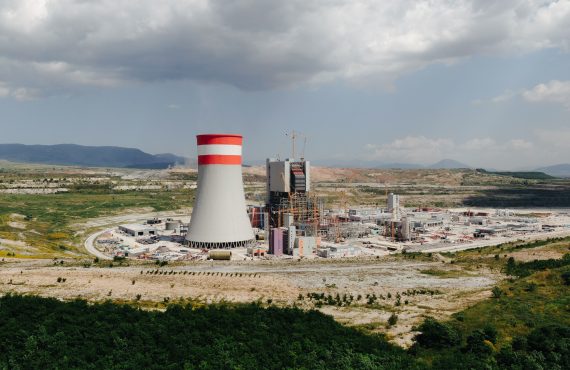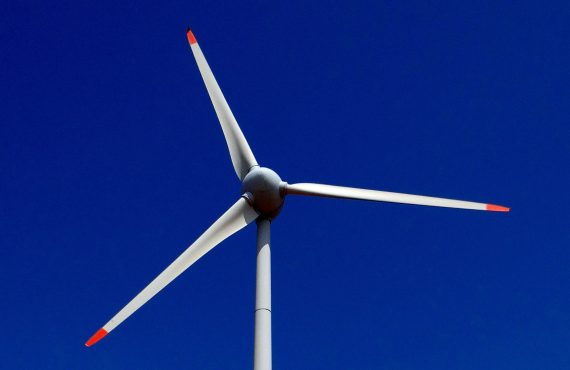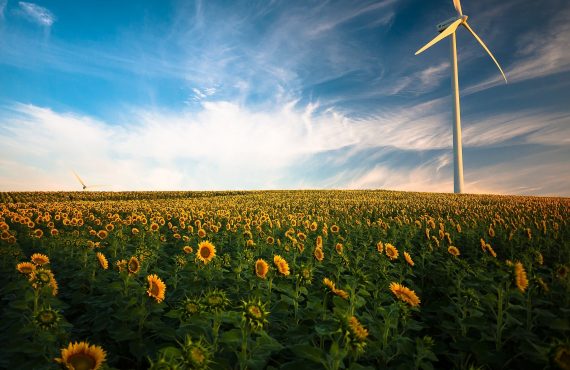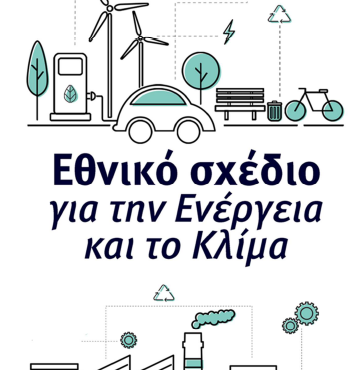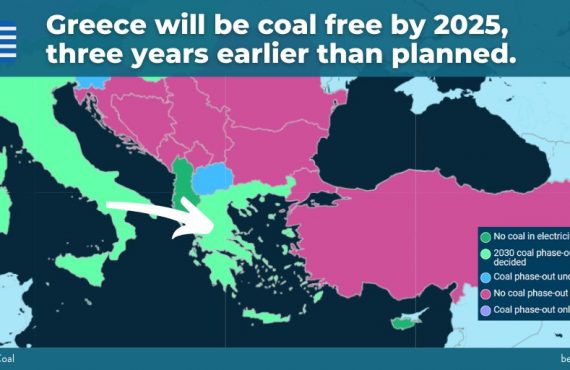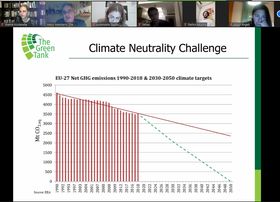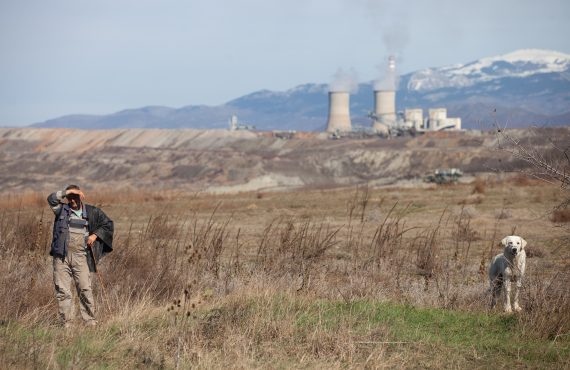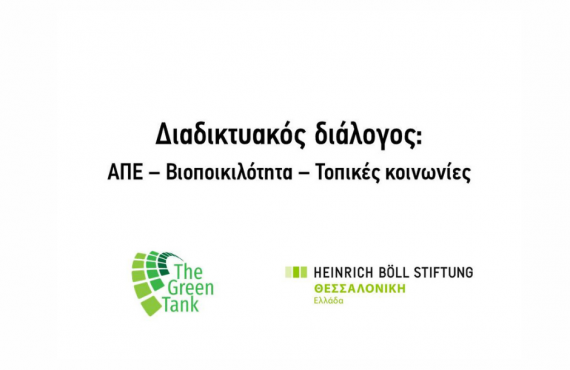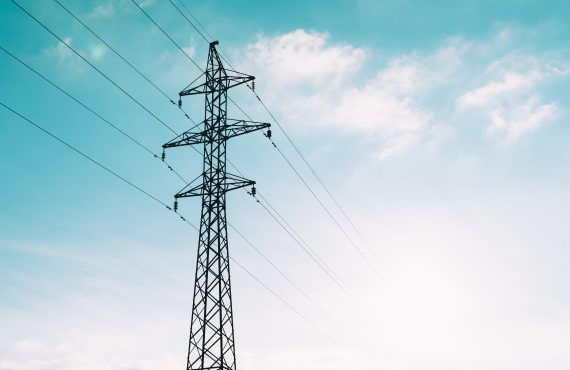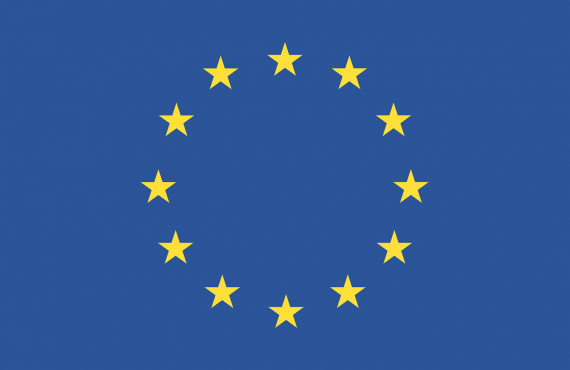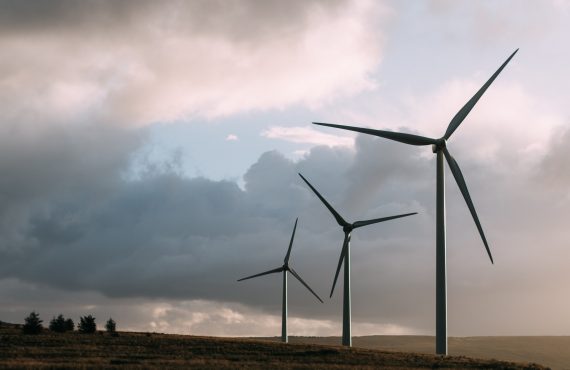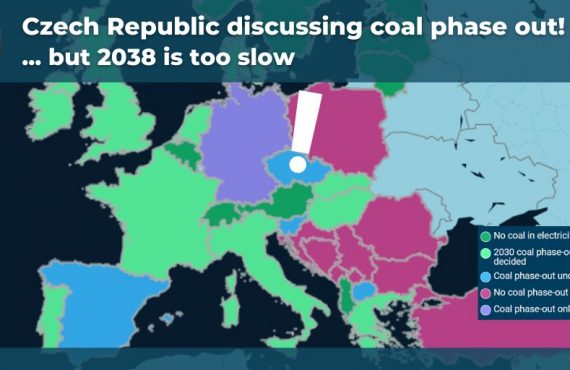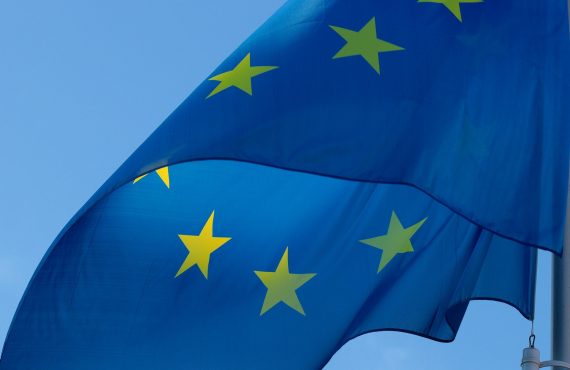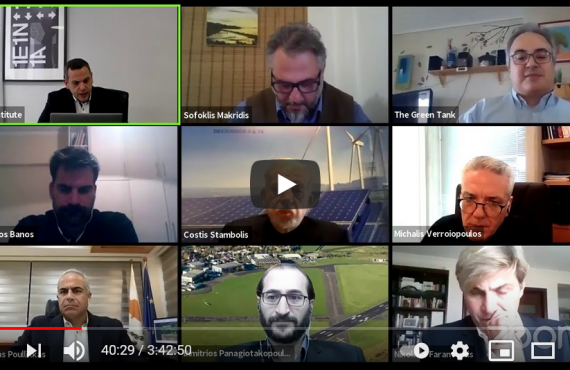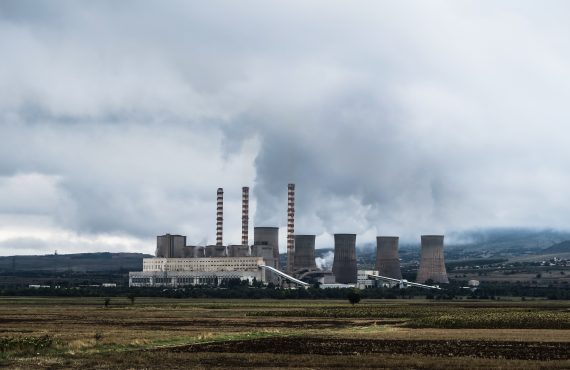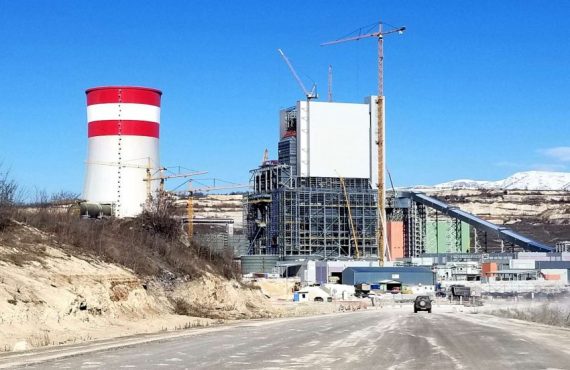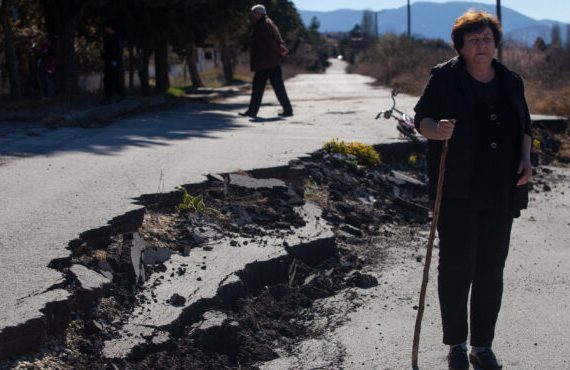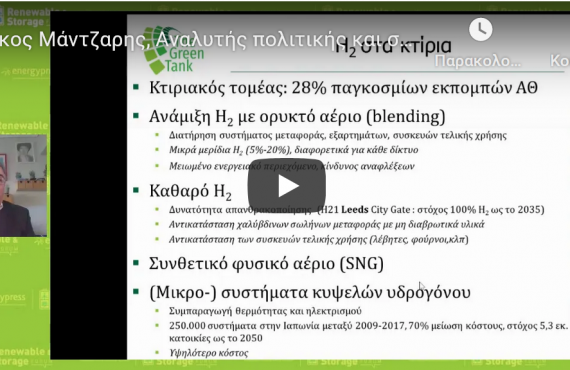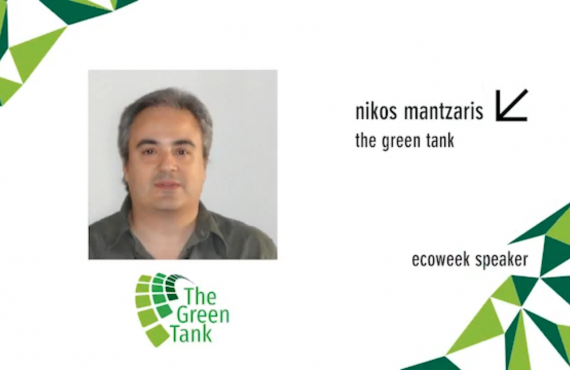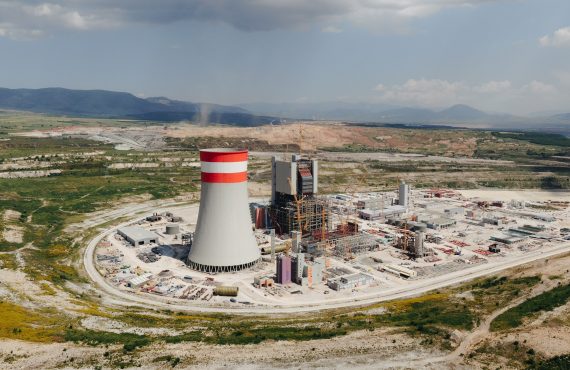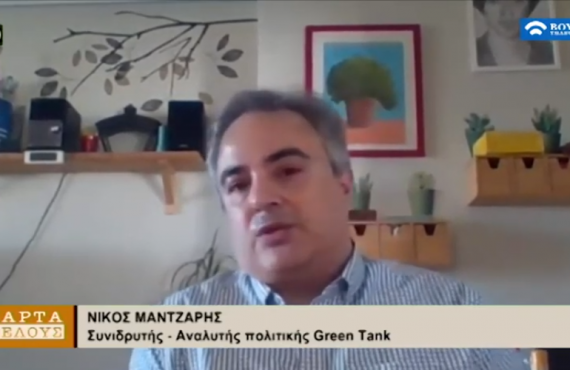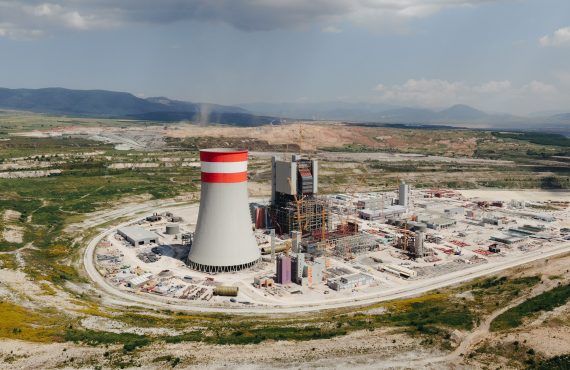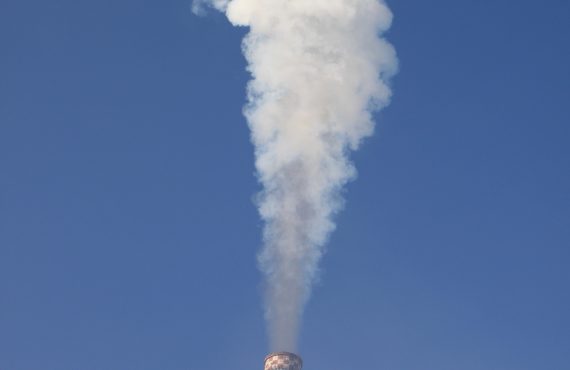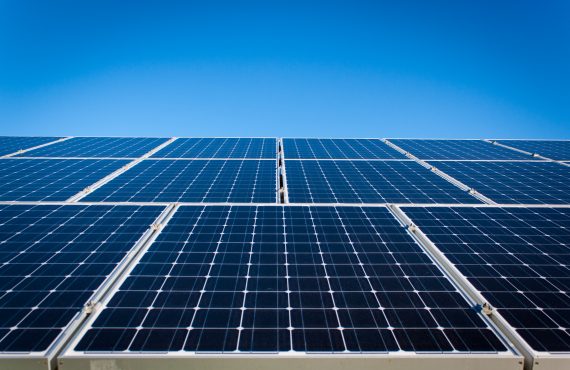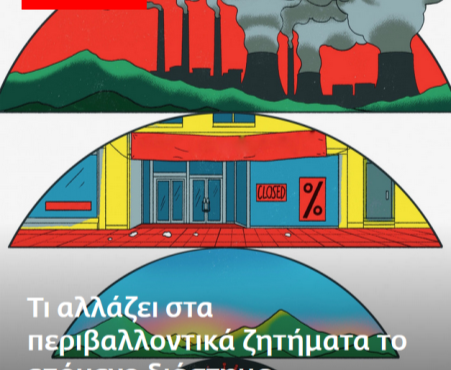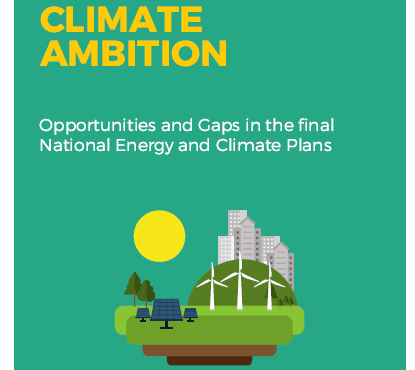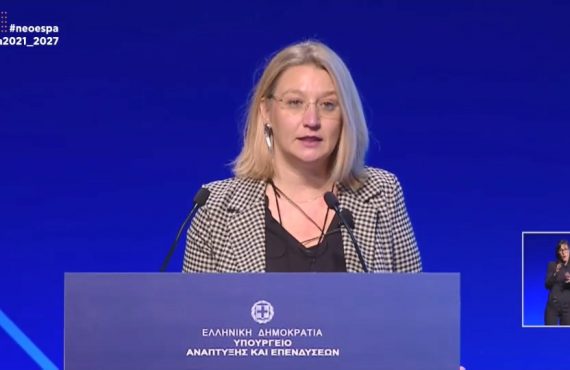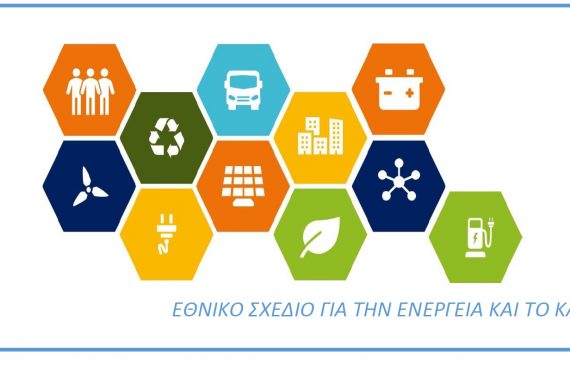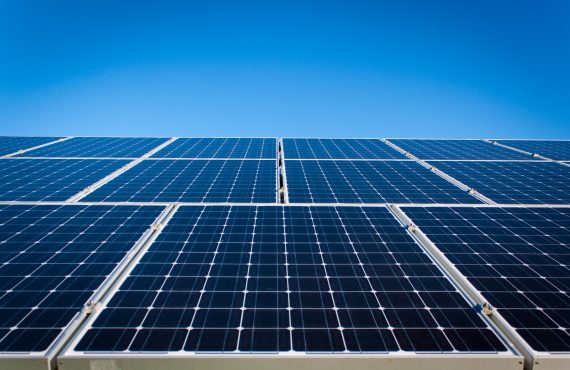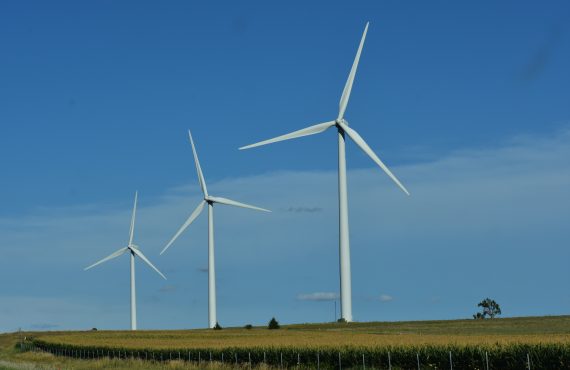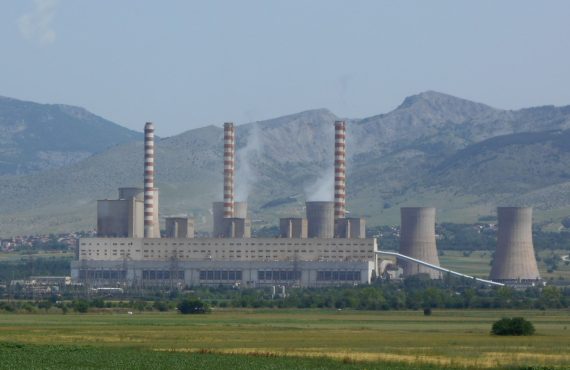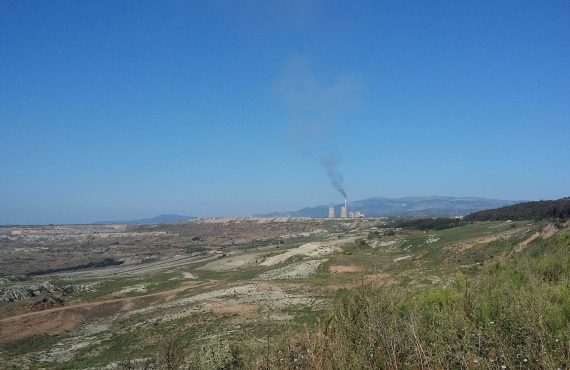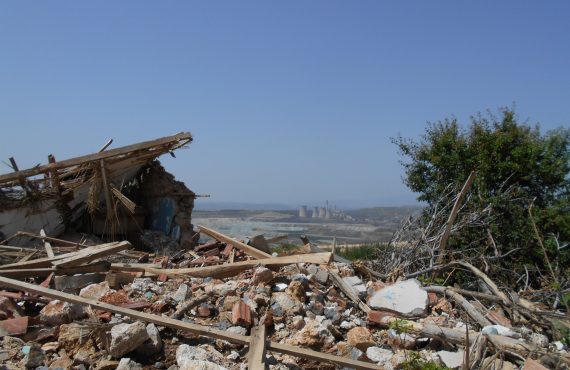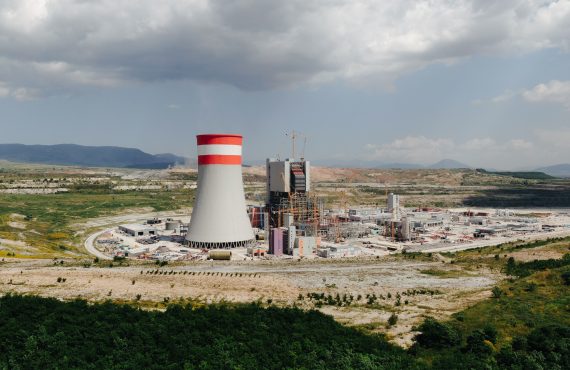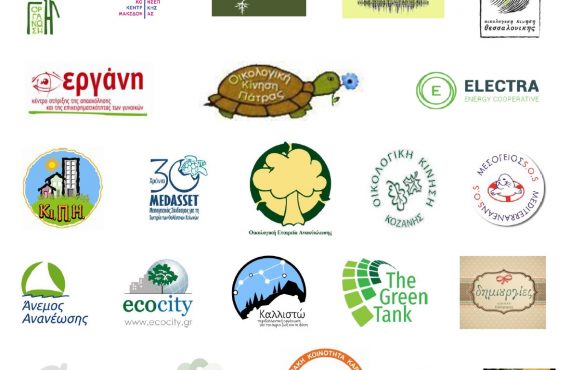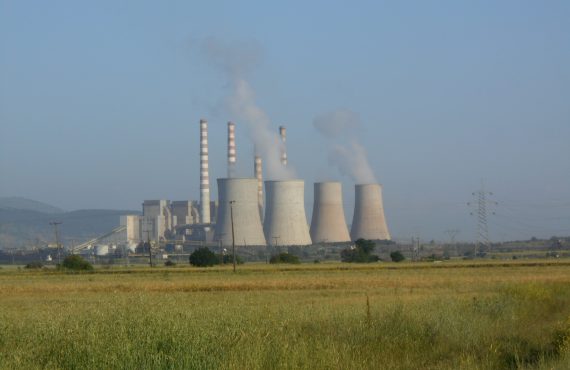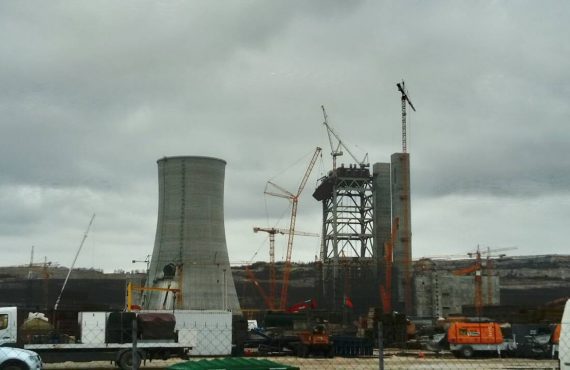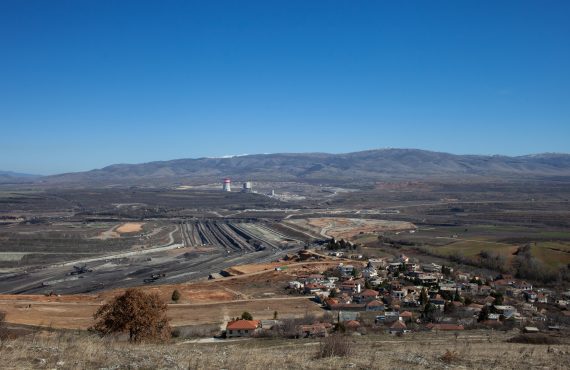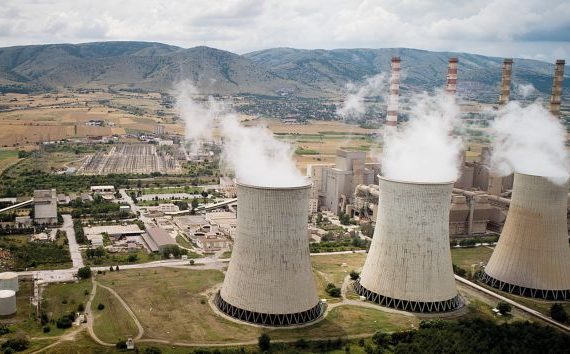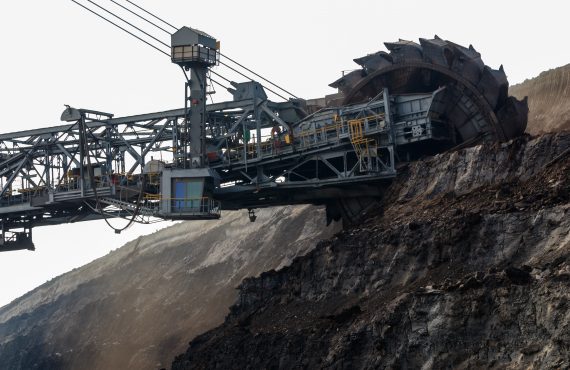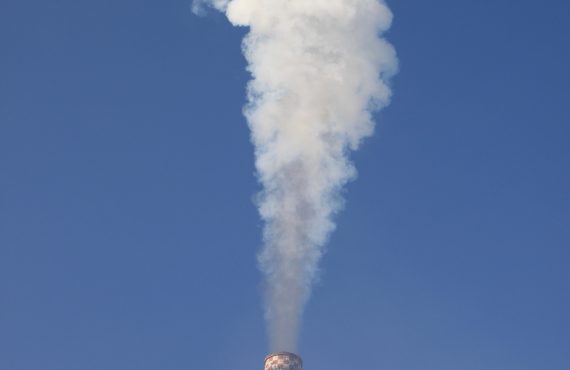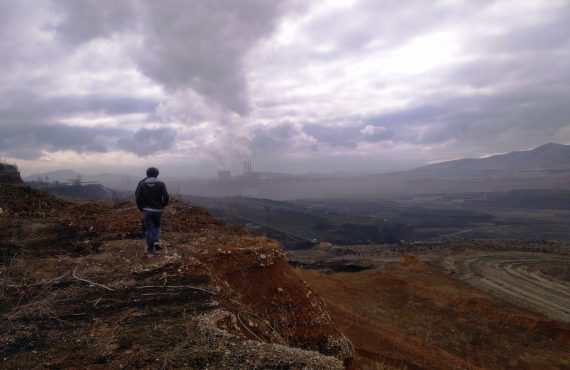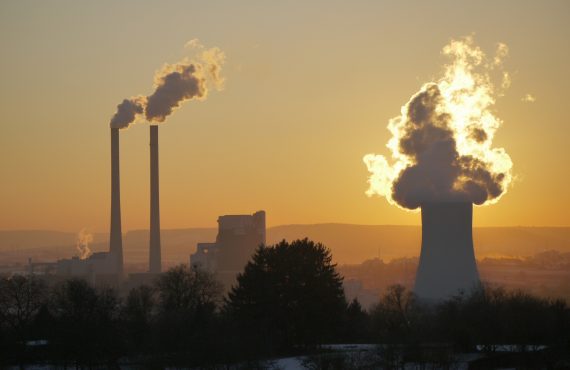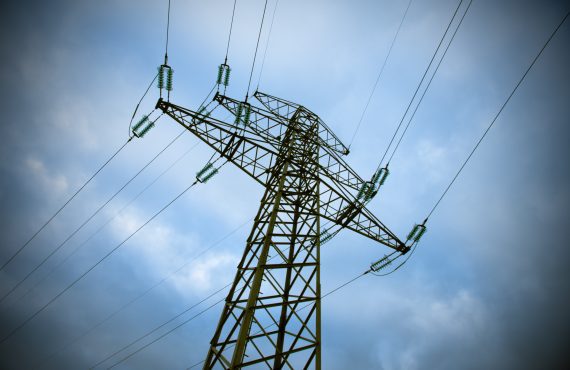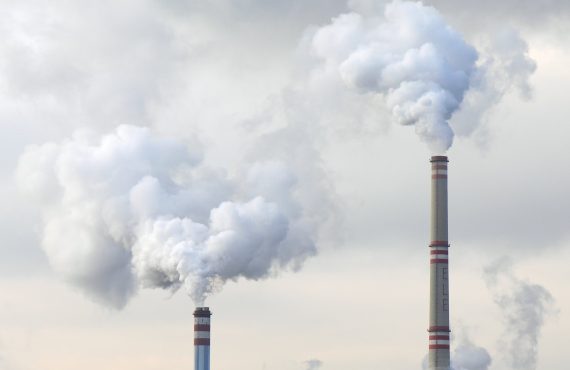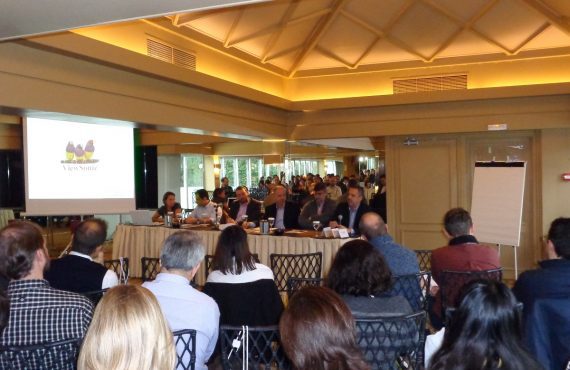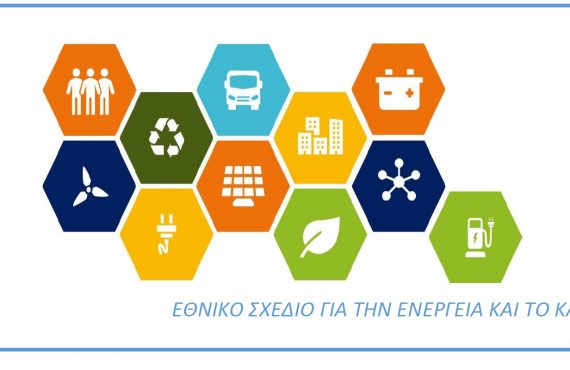Russian gas imported from the Sidirokastro gate climbed to first place with a 43.3% share in the first quarter of 2024, surpassing liquefied natural gas (LNG) flows from the Agia Triada gate (39.4%). Together with LNG arriving from Russia, Russian gas reached 55.1%. A 30.9% increase in total gas consumption (16.21 TWh) was recorded in the first quarter of 2024 compared to the same quarter of 2023.
The month of Μarch
According to the latest available data from DESFA, in March 2024 total domestic gas consumption (5.29 TWh) exceeded that of March 2023 by 32.7% (+1.3 TWh). However, it remained the second lowest consumption in the six-year period 2019-2024 for the same month.
The largest increase in absolute terms compared to March last year came from electricity (+0.77 TWh or +31.9%), followed by industry (+0.64 TWh or +235%).
Industrial gas use was the highest in six years (2019-2024) for the month of March. In contrast, gas usage in networks decreased by 0.1 TWh (-8%), recording the second lowest usage in six years.
Cumulative performance in the first three months of 2024
Total gas consumption for the first three months of 2024 was 16.21 TWh, down by 0.24 TWh (-1.4%) compared to the five-year average. In contrast, a large increase of 3.83 TWh (+30.9%) was recorded compared to the first three months of 2023.
Compared to the five-year average, there was a decrease in two of the three gas uses. The largest percentage decrease occurred in distribution networks (-11.8% ή -0.63 TWh), followed by electricity (-4.1% ή -0.38 TWh). In contrast, industry saw an increase (+45.3 ή +0.77 TWh).
The picture changes when comparing the first three months of 2024 to 2023, as there was an increase in all three uses. The largest percentage increase was in industry (+237.7%, +1.76 TWh), followed by electricity (+29.5% ή +2.05 TWh) and finally in networks (+0.37% ή +0.18 TWh).
Consumption in 2024
Gas consumption in March 2024 (5.29 TWh) fell below 6 TWh which was the previous month’s peak. However, it remains the third highest consumption of the last 14 months, after January 2024 (6.04 TWh) and July 2023 (5.292 TWh).
In terms of the distribution of gas consumption by end-use in the first three months of 2024, electricity had the largest share with 9 TWh (or 55.5%), down by half a percentage point compared to the first three months of 2023 (56.1%). The share of distribution networks also decreased, falling from 37.9% (or 4.7 TWh) in the first three months of 2023 to 29.1% (or 4.72 TWh).
The redistribution of shares is the result of a large increase in the share of industry, where gas use increased by almost 9 percentage points in 2024 (15.4% or 2.5 TWh) compared to 6% (or 0.74 TWh) in the first three months of 2023.
The voluntary European target of -15%
In March 2023, the European Union decided that member states should voluntarily continue their efforts to reduce gas consumption by 15% for the period April 2023 – March 2024, compared to the reference period from 1 April 2017 to 31 March 2022.
Therefore, considering Greece’s performance so far, it appears that for the twelve-month period April 2023 – March 2024, the country failed to reach the European reduction target.
Specifically, total consumption for the whole period was 54.74 TWh, which is an increase of 4.6 TWh compared to the target (50.14 TWh). This consumption amounts to a reduction of 7.2% compared to the average for the reference period (58.98 TWh), which is 8 percentage points below the 15% target.
Comparison with the European Union for the voluntary European target of -15%
Based on the latest available Eurostat data[1] on monthly gas consumption in the EU-27 Member States (February 2024), during the April 2023 – February 2024 period Greece reduced its consumption by 9.6% compared to the reference period[2] of the voluntary reduction target.
This performance, apart from being more than 5 percentage points away from the voluntary reduction target, ranks Greece very low compared to the rest of the EU countries, namely in 22nd place. In fact, it is 7 places lower than the European average, as the EU-27 noted a reduction of -17.3% and was in 15th place, thus achieving the voluntary reduction target so far (the reduction period ends in March 2024).
This is an alarming deterioration of the national performance compared to that of the mandatory target ― imposed by the EU at the peak of the energy crisis ― to reduce fossil gas consumption by at least 15% in the eight-month period August 2022-March 2023 compared to the average of the previous five-year period. Specifically, Greece had achieved a 21.9% reduction and was in 10th place, surpassing both the European average (16th place) and countries such as Germany, Austria or Italy.
Imports in 2024
Regarding the natural gas flows from the country’s four entry gates, in March 2024 gas imports from Russia via the Turkstream pipeline from the Sidirokastro gate (2.66 TWh) were the second highest since the beginning of the war in Ukraine (March 2022), after October 2023 (2.79 TWh). The monthly share of imports from Turkstream reached more than 50% (50.3%) and was nine times higher than imports in March 2023.
In contrast to the Sidirokastro gate, at the Agia Triada gate the monthly flow of liquefied natural gas (LNG) in March 2024 (1.69 TWh) decreased by 42.7% and ranked in second place with a share of 32%.
Gas from TAP via Nea Mesimvria was third with a share of 17.7% (0.94 TWh), increasing by 7.4% compared to March 2023. The imports from Kipoi in Turkey (the fourth entry gateway) were zero for a third consecutive month.
Cumulatively for the first three months of 2024, total imports from the country’s four gateways were 16.25 TWh. Gas imports through the Sidirokastro gate are now the first source of supply in the country with 7.04 TWh and a share of 43.3%. The corresponding share in the first quarter of 2023 was only 5.4%.
The share of LNG imports from Agia Triada gate is lower with 6.4 TWh in the first quarter of 2024, falling to second place with a share of 39.4%. In fact, there was a 37.7% decrease in flows compared to the same period in 2023. In third place, with a much lower share (17.3% or 2.81 TWh), we find imports of Azerbaijani gas from TAP, slightly higher compared to the first three months of 2023 (+5.8%).
Finally, there were zero gas exports through the Sidirokastro gate for the 7th consecutive month (since September 2023).
Russian gas imports to Greece
As far as fossil gas from Russia is concerned, there are two entry points: one from Sidirokastro through the Turkstream pipeline and a second one in the form of liquefied natural gas (LNG) from the Agia Triada gate.
The energy crisis, intensified by the war in Ukraine, resulted in a significant reduction in Russian gas imports from Turkstream as early as April 2022. This was reflected in the 86.2% reduction of Russian gas from this pipeline during the period of the mandatory reduction target (August 2022-March 2023) compared to the same period of the previous year.
Russian gas in the form of LNG was first imported into the country in October 2022, a few months after Russia’s war in Ukraine began. Until mid-2023, the first source of imports into the country was LNG (excluding Russian LNG) from the Agia Triada gate.
June 2023 was the first month when Russian gas (from pipeline and LNG) became the first source of imports with a 46% share, followed by LNG from all other countries except Russia (37% share). In fact, this continued for all other months of 2023 until March 2024[3]. Specifically, in the first quarter of 2024, Russian gas exceeded 50% of the country’s total gas imports (55.1%[4])
It is noteworthy that in the nine-month period of June 2023 – March 2024, total Russian gas imports were at least 28.41 TWh, which is 33.6% more than the corresponding ten-month period before the Russian invasion of Ukraine (21.27 TWh between June 2021 and March 2022). It can therefore be noted that Russian gas imports not only increased, but also exceeded pre-energy crisis levels. Russian LNG imports played an important role in this, since during the nine-month period of June 2023-March 2024 at least 28.8% of total Russian gas imports were in the form of LNG.
Read here the analyses of the previous months since the start of the EU reduction measures in August 2022.
[1] Some of the Eurostat data, especially for the last few months, are provisional and will be finalized in the coming months. Cyprus has not been included in the comparison as it has zero gas consumption.
[2] This period is the average of the April-February intervals from 2017 to 2022.
[3] For March there is no data in Eurostat for Russian LNG, but even Russian gas from Turkstream was more than LNG imports from Agia Triada , so it is certainly the first source of imports.
[4] Actual imports are likely to be higher, as they do not include potential imports of Russian LNG in March 2024.

